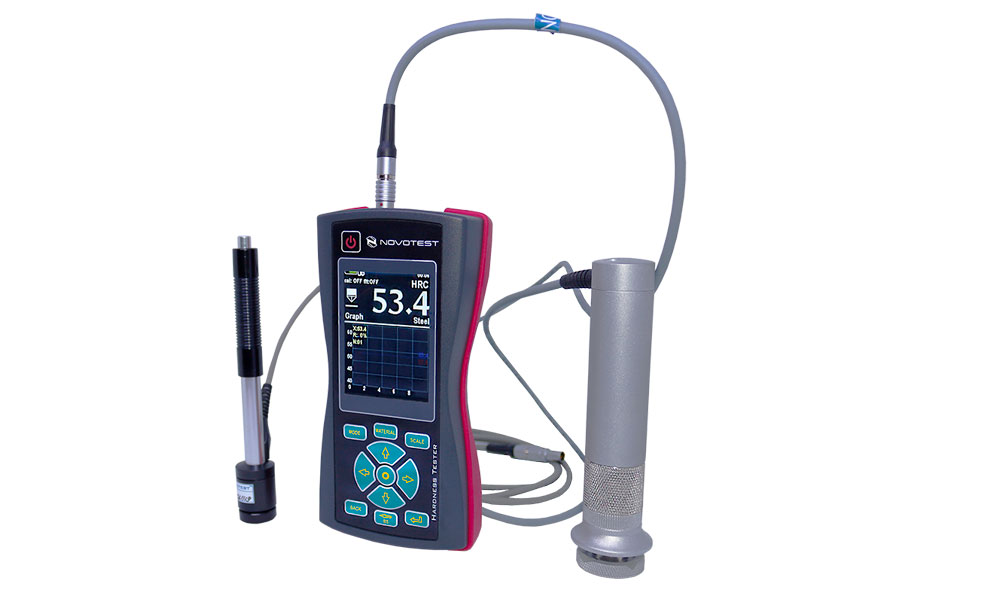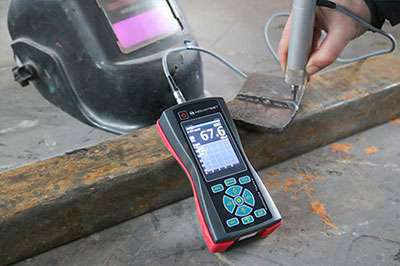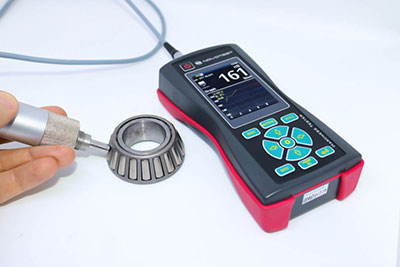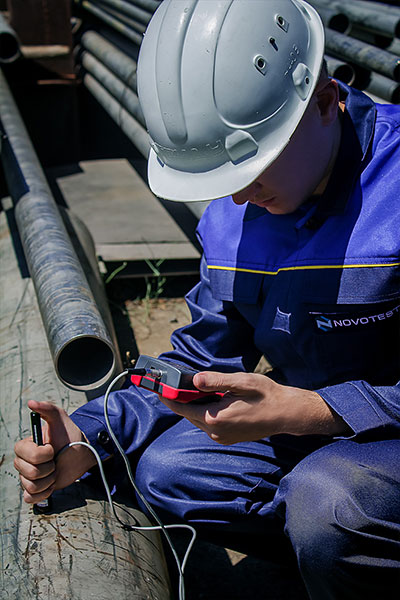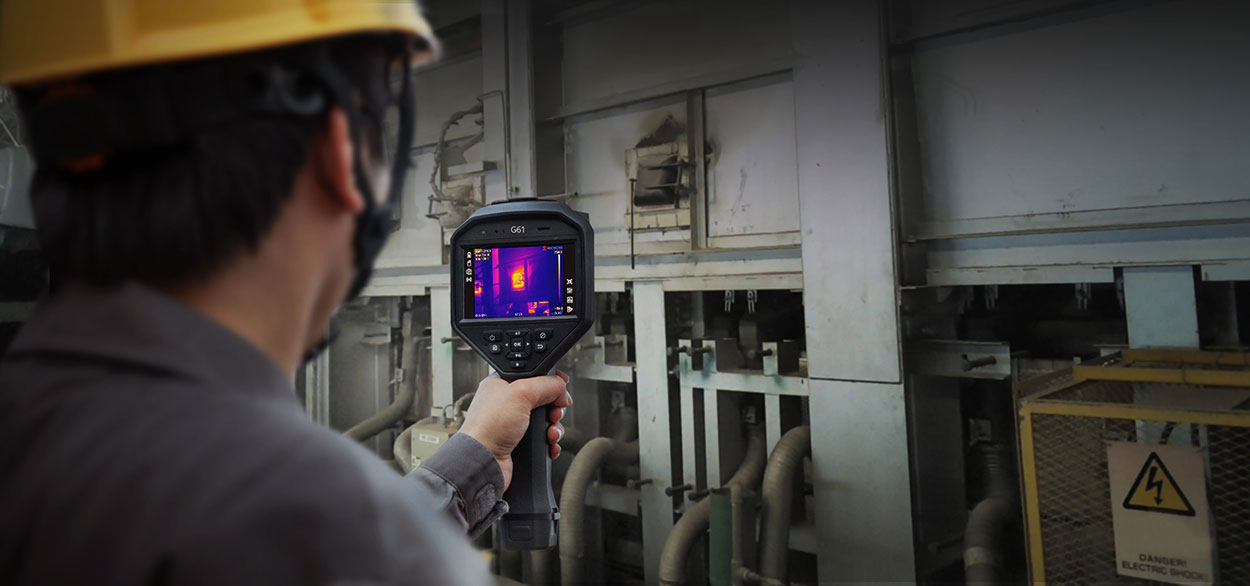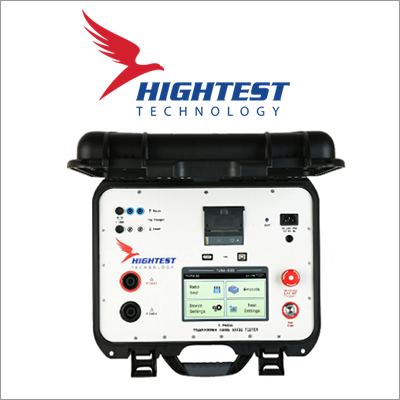-
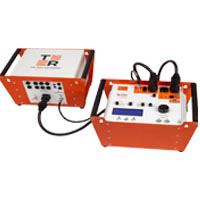
Cable Impedance Test Set Z-OVR
0 AED (Incl 5 VAT)
-
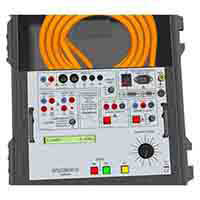
Secondary Current Injection Test kit 100ADM MK4
0 AED (Incl 5 VAT)
-
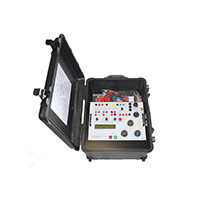
Secondary Current Injection Test Set 50A-3PH MK2
0 AED (Incl 5 VAT)
-
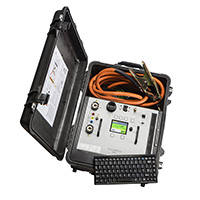
Digital Low Resistance Ohmmeter DMO600
0 AED (Incl 5 VAT)
-
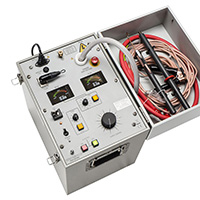
High Voltage AC Test Set KV30-40D MK2
0 AED (Incl 5 VAT)
-
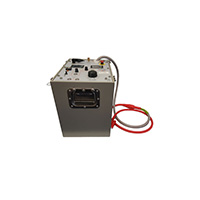
KV15-80D AC Test System
0 AED (Incl 5 VAT)
-
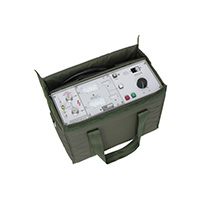
High Voltage DC Tester PT30-10 MK2 30kV 10mA
0 AED (Incl 5 VAT)
-
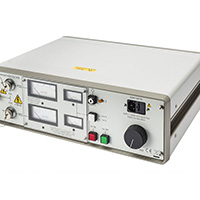
High Voltage DC Tester PT18-10 MK2 18kV 10mA
0 AED (Incl 5 VAT)
-
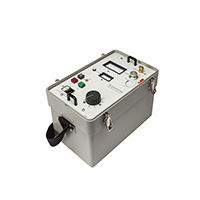
High Voltage DC Tester PT15-10S 15kV 10mA
0 AED (Incl 5 VAT)
-
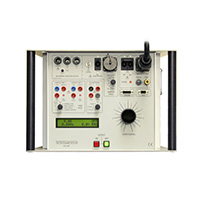
Primary Current Injection Test Set PCU1-SP MK2 5000A
0 AED (Incl 5 VAT)
-
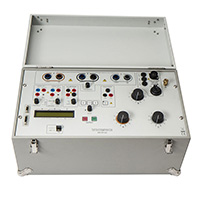
Secondary Current Injection Test Set 200A-3PH MK2
0 AED (Incl 5 VAT)
-
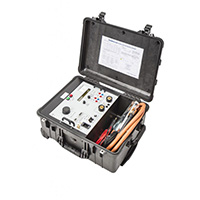
Primary Current Injection Test Set 750ADM-H MK2
0 AED (Incl 5 VAT)
-
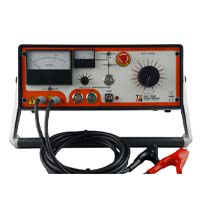
Hipot Tester KV5-100 MK2
25800 AED (Incl 5 VAT)
-
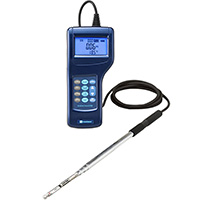
Hot Wire Anemometer with Telescopic Articulating Probe 6036
4800 AED (Incl 5 VAT)
-
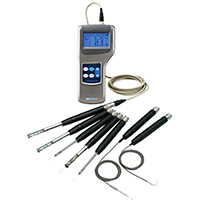
Multi Function Hot-Wire Anemometer
4800 AED (Incl 5 VAT)
-
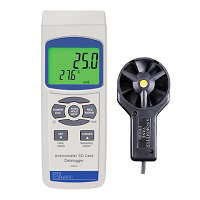
Anemometer Data Logger - 850023
1300 AED (Incl 5 VAT)
-
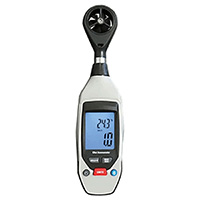
Bluetooth Anemometer - 850020
315 AED (Incl 5 VAT)
-
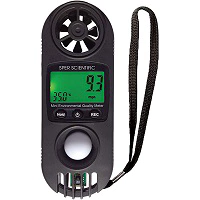
Environmental Quality Meter 12-IN-1 850027
840 AED (Incl 5 VAT)
-
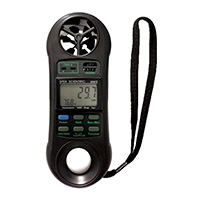
850070-Mini Environmental Quality Meter
900 AED (Incl 5 VAT)
-
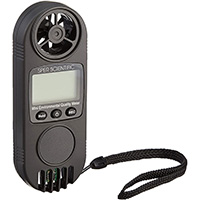
Multifunction Anemometer - 850026
510 AED (Incl 5 VAT)
-
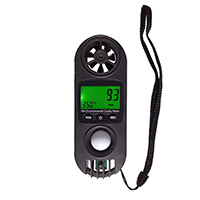
Anemometer-850025
430 AED (Incl 5 VAT)
-
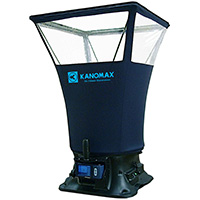
Tabmaster Airflow Capture Hood 6710
8600 AED (Incl 5 VAT)
-
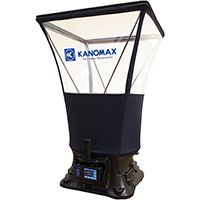
Air Flow Balometer Capture Hood - 6715
10200 AED (Incl 5 VAT)
-
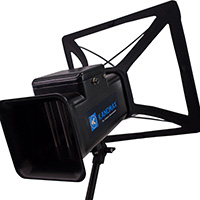
Airflow Balometer TABmaster Mini Hood
0 AED (Incl 5 VAT)
-
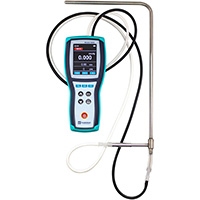
Handheld Micromanometer Kanomax 6850
5200 AED (Incl 5 VAT)
-
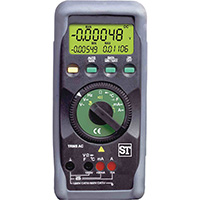
5 3/4 digital High Precision Multimeter
900 AED (Incl 5 VAT)
-
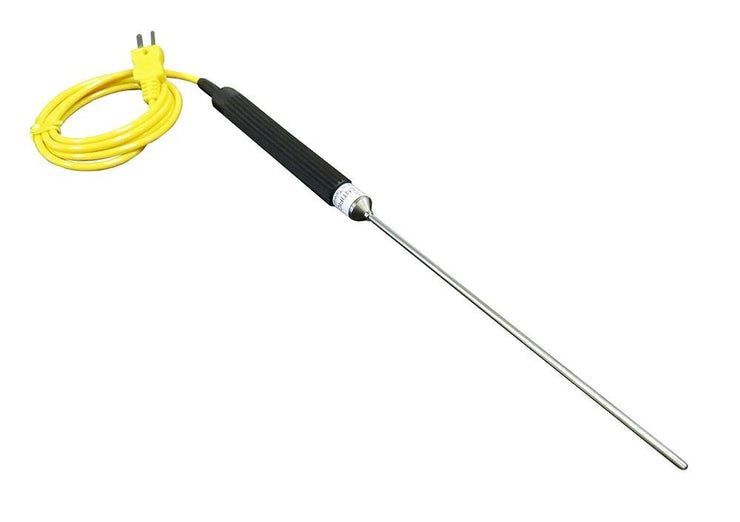
Type K Immersion Thermometer Probe 800060
170 AED (Incl 5 VAT)
-
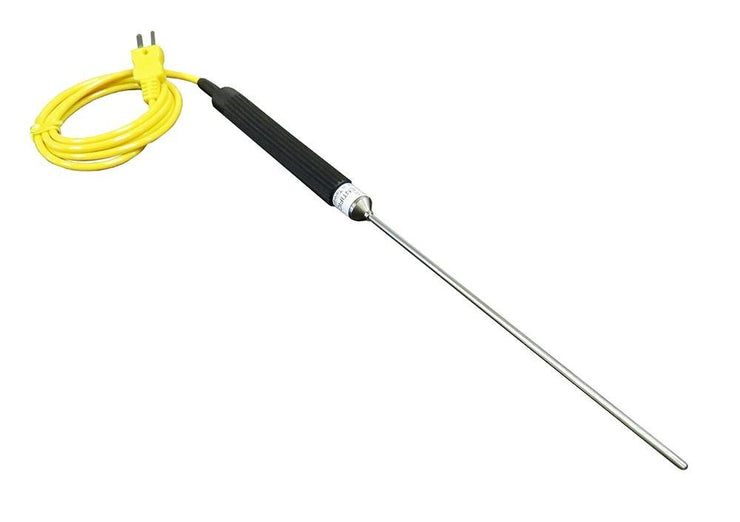
Large Type K Immersion Thermometer Probe 800061
180 AED (Incl 5 VAT)
-
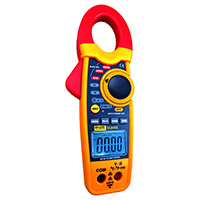
Digital Clamp Meter 1000 Amp AC/DC DL6402
480 AED (Incl 5 VAT)
-
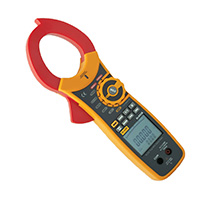
1500A AC/DC True RMS Power Clamp Meter with Inrush Current - DL6508
840 AED (Incl 5 VAT)
-
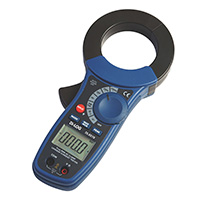
AC Leakage Clamp Meter with 10 µA - 1000 A - DL6519
1700 AED (Incl 5 VAT)
-
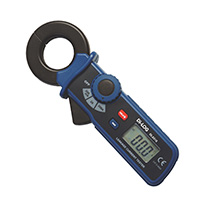
DL6518 AC Leakage Clamp Meter
1300 AED (Incl 5 VAT)
-
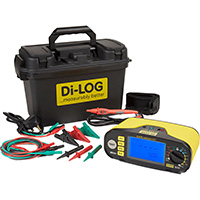
Advanced Multi Function Tester DL9118
3400 AED (Incl 5 VAT)
-
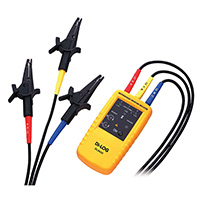
Phase & Motor Rotation Meter DL9020N
520 AED (Incl 5 VAT)
-
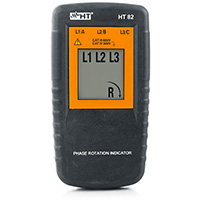
Phase sequence meter-HT82
525 AED (Incl 5 VAT)
-
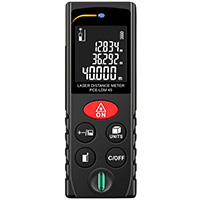
Laser Distance Meter PCE-LDM 45
225 AED (Incl 5 VAT)
-
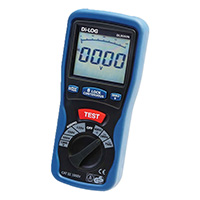
DL9050N Insulation Continuity Tester
950 AED (Incl 5 VAT)
-
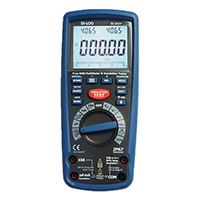
Insulation Multimeter Tester c/w Bar Graph DL9307
1425 AED (Incl 5 VAT)
-
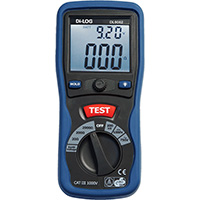
DL9062 Earth Resistance Tester
1200 AED (Incl 5 VAT)
-
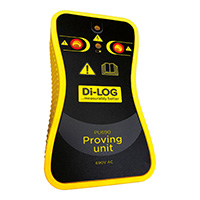
Proving Unit Testers PU690
560 AED (Incl 5 VAT)
-
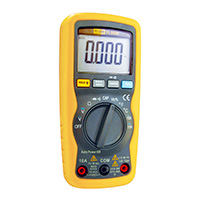
DL9206 Compact Auto Ranging Multimeter
350 AED (Incl 5 VAT)
-
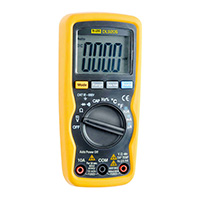
DL9205 Compact Ranging Multimeters
300 AED (Incl 5 VAT)
-

DL9204 Compact Ranging Multimeters
220 AED (Incl 5 VAT)
-
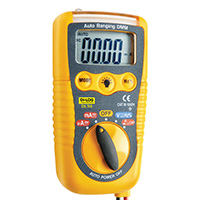
DL114 Mini Digital Multimeter
220 AED (Incl 5 VAT)
-
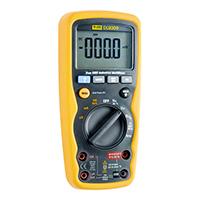
DL9309 True RMS Multimeter
750 AED (Incl 5 VAT)
-
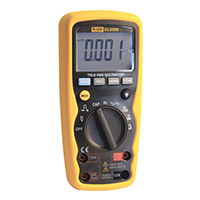
DL9308 True RMS Multimeter
700 AED (Incl 5 VAT)
-
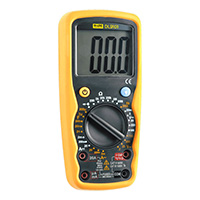
DL9101 Manual Ranging Multimeters
340 AED (Incl 5 VAT)
-
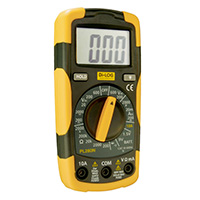
PL280N Digital Multimeters
250 AED (Incl 5 VAT)
-

Rotating Vane Anemometer 6822
4800 AED (Incl 5 VAT)
-
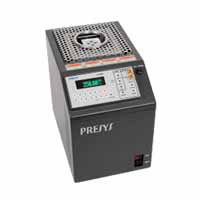
TE-350P - Dry Block Calibrators
10800 AED (Incl 5 VAT)
-
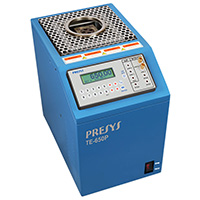
TE-650P - Dry Block Calibrators
12240 AED (Incl 5 VAT)
-
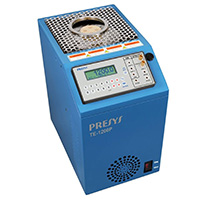
TE-1200P - Dry Block Calibrators
19200 AED (Incl 5 VAT)
-
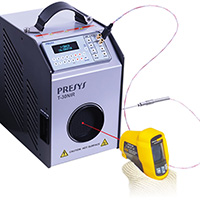
T-30NIR - Infrared Calibrator
18400 AED (Incl 5 VAT)
-

T-500PIR - Infrared Calibrator
16800 AED (Incl 5 VAT)
-
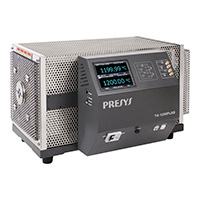
T-1200PIR - Infrared Calibrator
22800 AED (Incl 5 VAT)
-
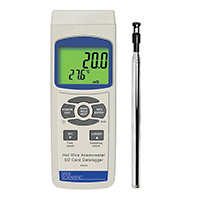
Hot Wire Anemometer SD Card Logger 850024
1800 AED (Incl 5 VAT)
-
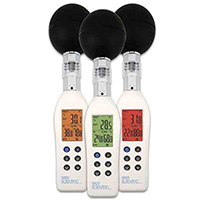
WBGT Meter with Color-Coded LCD 801038
800 AED (Incl 5 VAT)
-
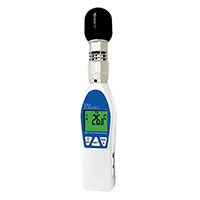
WBGT Heat Stress Meter 800036
520 AED (Incl 5 VAT)
-
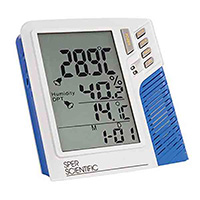
Heat Stress Monitor - 800034
400 AED (Incl 5 VAT)
-
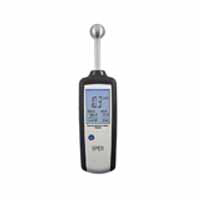
Scanning Moisture Meter - 850002
630 AED (Incl 5 VAT)
-
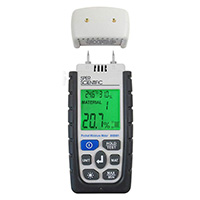
Moisture Meter - 850001
480 AED (Incl 5 VAT)
-
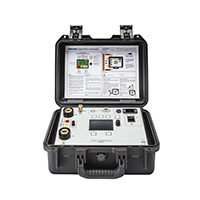
Digital Low Resistance Micro-Ohmmeter DMO200
0 AED (Incl 5 VAT)
-
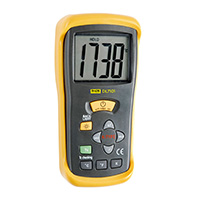
DL7101 Digital Thermometer
490 AED (Incl 5 VAT)
-

UV Light Meter Stellar Instruments SI240
800 AED (Incl 5 VAT)
-

850006-LED Light Meter with Color Temperature Compensation
850 AED (Incl 5 VAT)
-
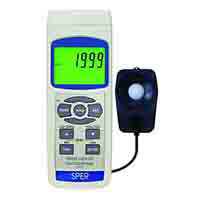
850005-Advanced Visible Light SD Card Logger
1150 AED (Incl 5 VAT)
-
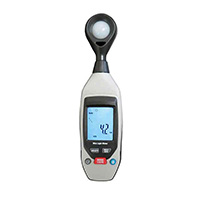
Light Meter 850004
320 AED (Incl 5 VAT)
-
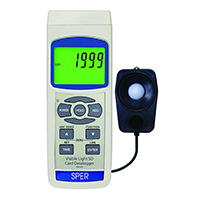
850007-Visible Light SD Card Logger
825 AED (Incl 5 VAT)
-
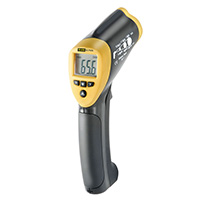
DL7105 Infrared Thermometer
820 AED (Incl 5 VAT)
-

Light Meter Lux/FC - 840020
540 AED (Incl 5 VAT)
-

Digital Thermometer Set 94029
850 AED (Incl 5 VAT)
-
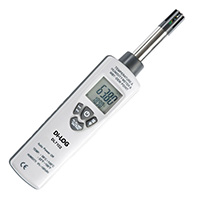
Digital Humidity & Temperature Meter- DL7102
520 AED (Incl 5 VAT)
-
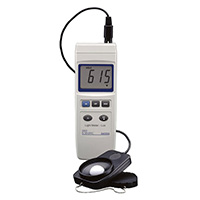
840006-Light Meter Lux
450 AED (Incl 5 VAT)
-
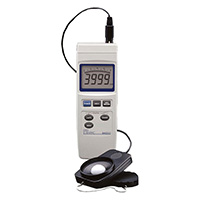
840021-Light Meter FC
400 AED (Incl 5 VAT)
-
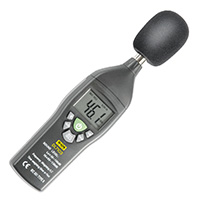
Digital Sound Level Meter - DL7103
600 AED (Incl 5 VAT)
-
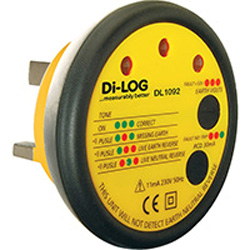
DL1092 - Advanced RCD Electric Socket Tester
180 AED (Incl 5 VAT)
-
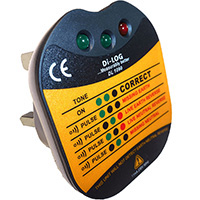
DL1090 - Socket Tester c/w Buzzer
105 AED (Incl 5 VAT)
-

DL6799 - Voltage, Continuity & Current Tester
550 AED (Incl 5 VAT)
-
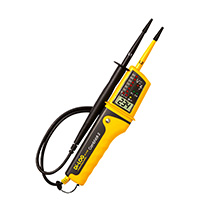
Voltage Indicator with Phase Rotation Test DL6790
220 AED (Incl 5 VAT)
-
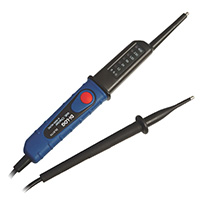
Voltage Continuity Tester DL6770
160 AED (Incl 5 VAT)
-
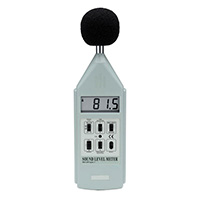
Sound Meter Type 1 - 840015
1200 AED (Incl 5 VAT)
-

Non Contact Voltage Detector DL108
110 AED (Incl 5 VAT)
-

Non-Contact Voltage Detector DL107
100 AED (Incl 5 VAT)
-
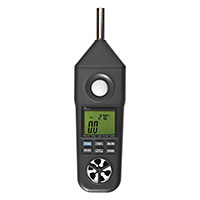
Environmental Quality Meter with Sound 850069
1200 AED (Incl 5 VAT)
-
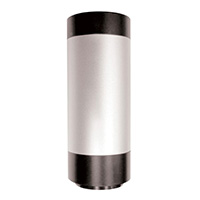
850016 Acoustical Calibrator
800 AED (Incl 5 VAT)
-
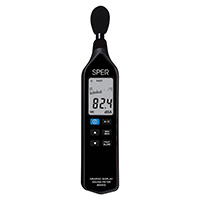
Graphic Display Sound Meter - 850015
840 AED (Incl 5 VAT)
-
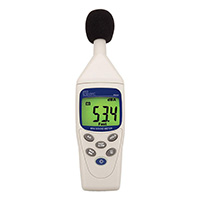
Mini Sound Meter - 850014
525 AED (Incl 5 VAT)
-
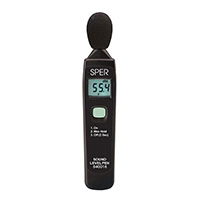
Sound Level Pen - 840018
500 AED (Incl 5 VAT)
-
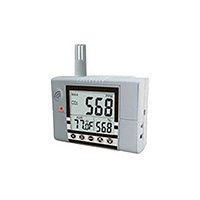
Indoor Air Quality Controller - 800045
640 AED (Incl 5 VAT)
-
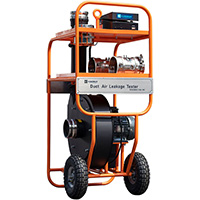
Duct Air Leakage Tester - DALT 6900
32000 AED (Incl 5 VAT)
-
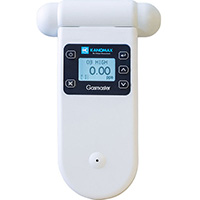
Hand held Air Quality Meter - 2700
0 AED (Incl 5 VAT)
-

Handheld Particle Counter - Kanomax 3888
10200 AED (Incl 5 VAT)
-
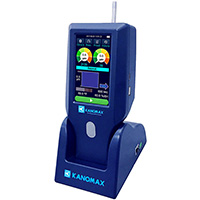
6 Channel Particle Counter - Kanomax 3889
14500 AED (Incl 5 VAT)
-

Holiday Detector 1-5kV DC MODEL 780
15550 AED (Incl 5 VAT)
-
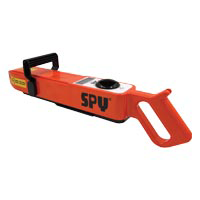
Holiday Detector 1-15kV MODEL 785
15500 AED (Incl 5 VAT)
-
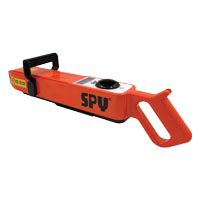
Holiday Detector 5-35 kV MODEL 790
15900 AED (Incl 5 VAT)
-

Solar Irradiance Meter with Multimeter - SL102
600 AED (Incl 5 VAT)
-
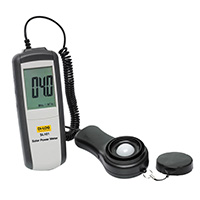
Compact Digital Irradiance Meter SL101
520 AED (Incl 5 VAT)
-
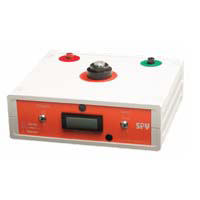
40kV SPY Jeep Meter Model JM
5400 AED (Incl 5 VAT)
-
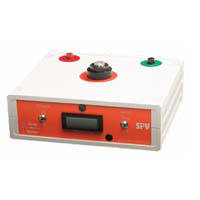
20 kV SPY Jeep Meter
0 AED (Incl 5 VAT)
-
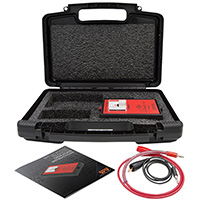
5 kV SPY Jeep Meter DCPJM
0 AED (Incl 5 VAT)
-

SPY Low Voltage Wet Sponge
0 AED (Incl 5 VAT)
-
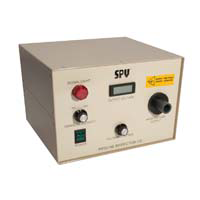
5kV INPLANT DC HOLIDAY DETECTOR
0 AED (Incl 5 VAT)
-
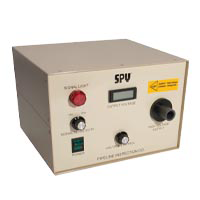
25kV INPLANT PULSE HOLIDAY DETECTOR
0 AED (Incl 5 VAT)
-
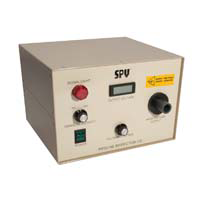
35kV INPLANT PULSE HOLIDAY DETECTOR
0 AED (Incl 5 VAT)
-
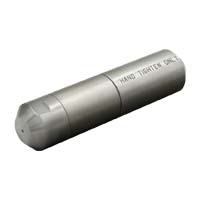
SPY PT-101 PIG Tracker Transmitter
0 AED (Incl 5 VAT)
-
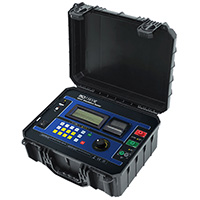
15 kV MD-15kVR Digital Insulation Tester
19500 AED (Incl 5 VAT)
-
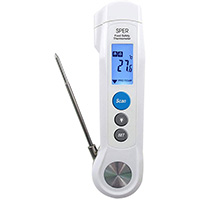
Food Safety Thermometer- 800115
420 AED (Incl 5 VAT)
-
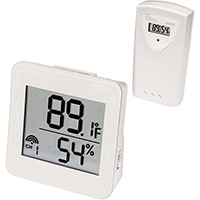
800254-Wireless Humidity/Temperature Monitor Set
600 AED (Incl 5 VAT)
-
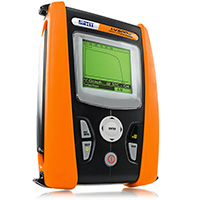
I-V Curve Tracer I-V500W
16800 AED (Incl 5 VAT)
-
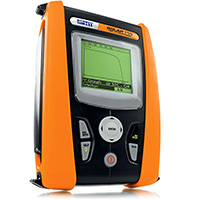
SOLAR I-Ve Multifunction I-V Curve Tracer
0 AED (Incl 5 VAT)
-
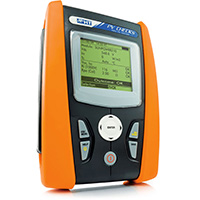
PVChecks- Multifunction Device for PV System
8400 AED (Incl 5 VAT)
-

800015-Humidity/Temperature Monitor with Remote Temperature
190 AED (Incl 5 VAT)
-
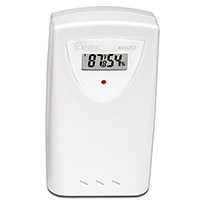
800255-Additional Wireless Humidity/Temperature Sensor
300 AED (Incl 5 VAT)
-
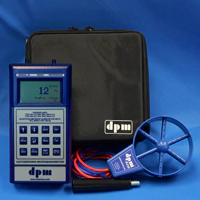
dpm TT 550 S Micromanometer 0.01 pa Resolution
5475 AED (Incl 5 VAT)
-
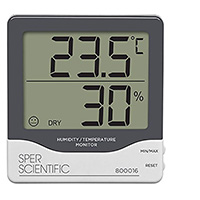
Humidity Temperature Monitor 800016
170 AED (Incl 5 VAT)
-
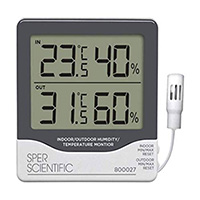
Indoor Outdoor Humidity Temperature Monitor with Remote 800027
220 AED (Incl 5 VAT)
-
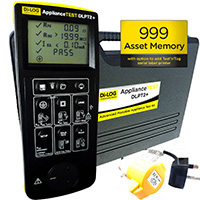
Portable Appliance TEST DLPT2+ Kit
3700 AED (Incl 5 VAT)
-
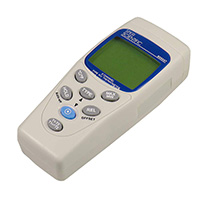
2 Channel Thermocouple Thermometer- 800007
340 AED (Incl 5 VAT)
-
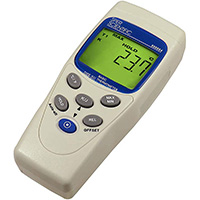
Basic Thermocouple Thermometer- 800004
375 AED (Incl 5 VAT)
-
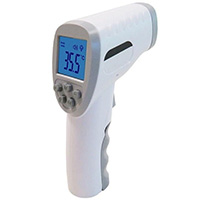
800120-Clinical Grade Infrared Non-Contact Thermometer
350 AED (Incl 5 VAT)
-
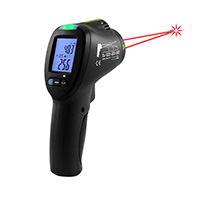
Infrared Thermometer with Dew Point - 800111
520 AED (Incl 5 VAT)
-
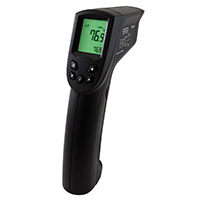
800106-Infrared Thermometer Gun with Alarm 12:1 / 1400ºF
525 AED (Incl 5 VAT)
-
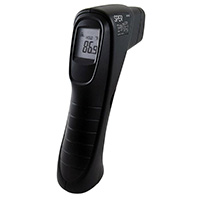
Infrared Thermometer Gun 12:1- 800103
380 AED (Incl 5 VAT)
-
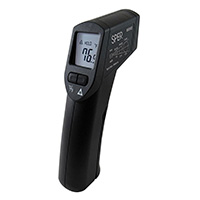
800102-Infrared Thermometer Gun 8:1 / 930°F
275 AED (Incl 5 VAT)
-
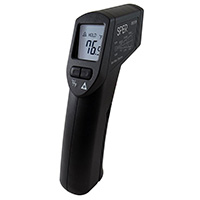
800101-Infrared Thermometer Gun 8:1 / 605°F
245 AED (Incl 5 VAT)
-
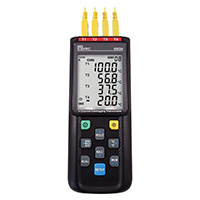
4 Channel Thermocouple Thermometer Datalogging
1110 AED (Incl 5 VAT)
-
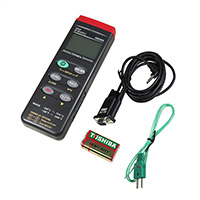
Thermocouple Thermometer Datalogger - 800008
900 AED (Incl 5 VAT)
-
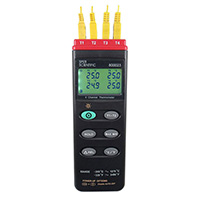
Four Channel Thermometer - 800023
650 AED (Incl 5 VAT)
-
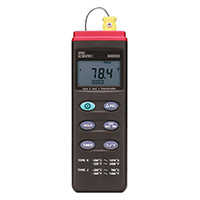
800005-Advanced Thermocouple Probe Thermometer Type K/J
475 AED (Incl 5 VAT)
-
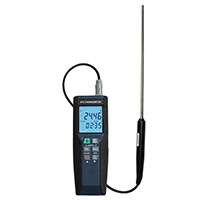
800118C-Datalogging RTD Thermometer - Certified
1675 AED (Incl 5 VAT)
-
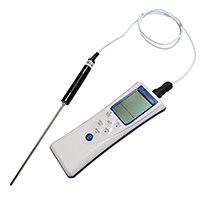
HACCP Thermometer - 800042
940 AED (Incl 0 VAT)
-
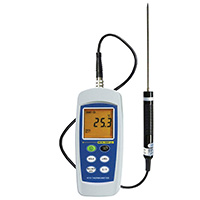
Waterproof RTD Thermometer - 800117C
910 AED (Incl 5 VAT)
-
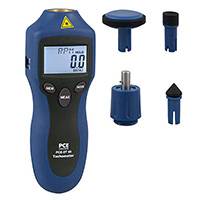
Handheld Tachometer PCE-DT65
600 AED (Incl 5 VAT)
-
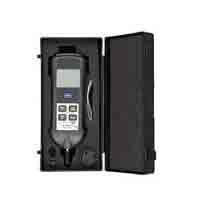
Tachometer-Stroboscope PCE-T 260
1460 AED (Incl 5 VAT)
-
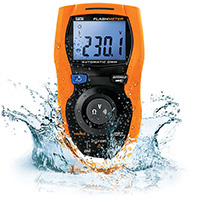
TRM Digital Multimeter - Flashmeter
445 AED (Incl 5 VAT)
-
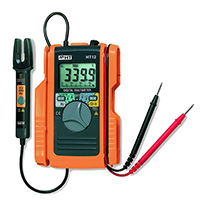
Pocket digital multimeter with integrated AC/DC 60A clamp meter
0 AED (Incl 5 VAT)
-
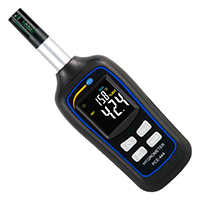
Thermo-Hygrometer PCE-444
160 AED (Incl 5 VAT)
-
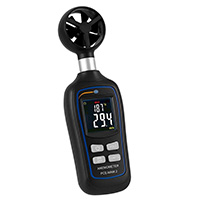
Mini Anemometer PCE-MAM 2
180 AED (Incl 5 VAT)
-
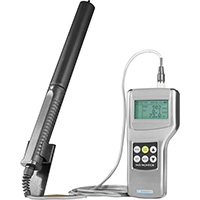
HANDHELD ODOR METERS OMX - ADM
0 AED (Incl 5 VAT)
-
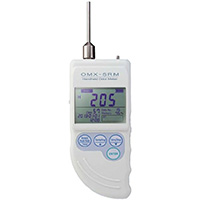
HANDHELD ODOR METERS OMX - TDM
0 AED (Incl 5 VAT)
-
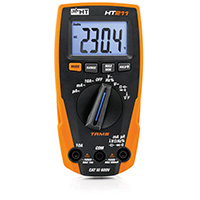
TRMS AC/DC Digital Multimeter 600V - HT211
480 AED (Incl 5 VAT)
-

Compact Digital Multimeters HT25N
375 AED (Incl 5 VAT)
-
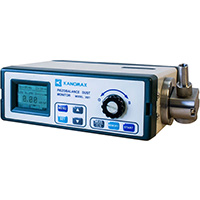
Dust Monitor Model 3521 & 3522 - Kanomax - USA
0 AED (Incl 5 VAT)
-
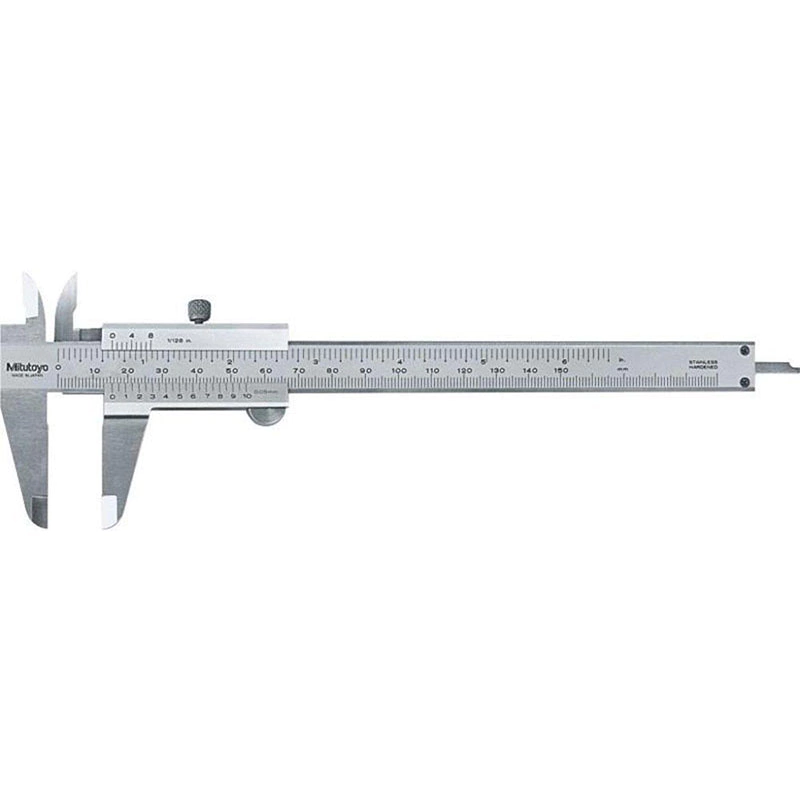
0-150/0.02mm Vernier Caliper (Best Vcal)
150 AED (Incl 5 VAT)
-
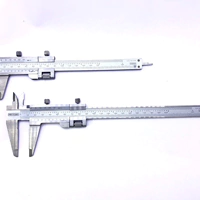
0-200/0.02mm Vernier Caliper (Best Vcal)
175 AED (Incl 5 VAT)
-
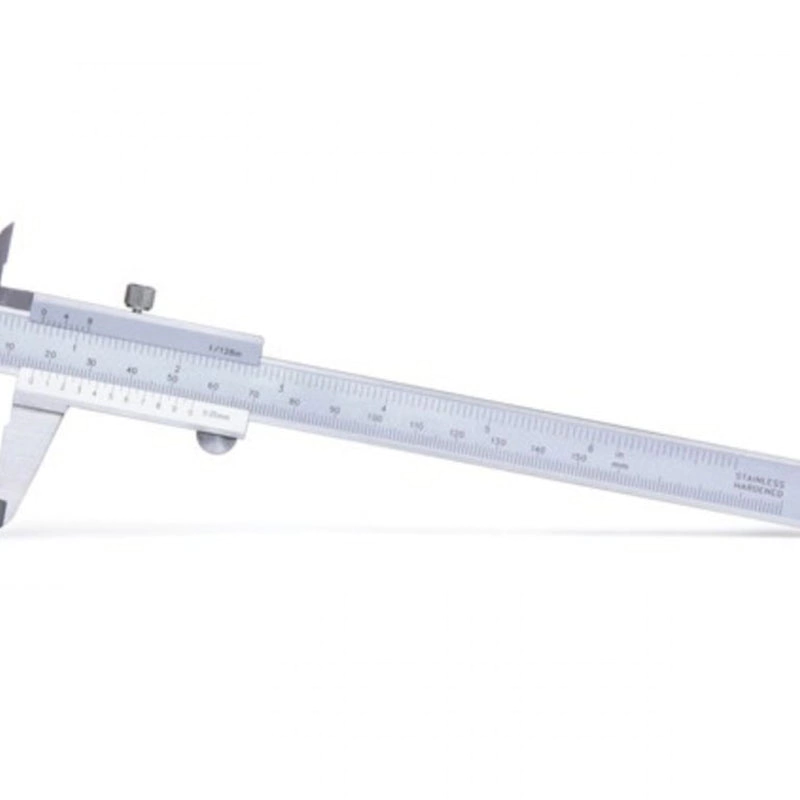
0-300/0.02mm Vernier Caliper (Best Vcal)
325 AED (Incl 5 VAT)
-
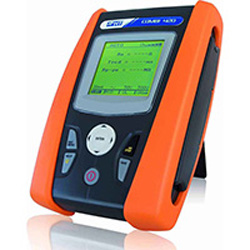
COMBI421 Multifunction Tester
6800 AED (Incl 5 VAT)
-
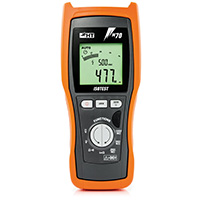
M70 1000V Insulation and Continuity
2400 AED (Incl 5 VAT)
-
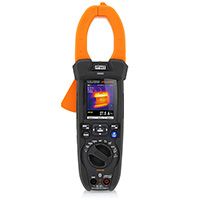
AC/DC TRMS 1000A Clamp Meter with Integrated Thermal Imager
3775 AED (Incl 5 VAT)
-
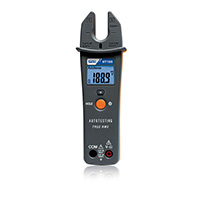
Open Jaws TRMS Clamp Meter -200AC
735 AED (Incl 5 VAT)
-
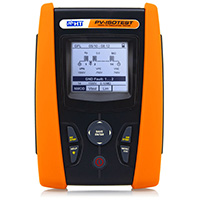
PV-ISOTEST – Insulation Meter up to 1500V Solar PV System
8000 AED (Incl 5 VAT)
-
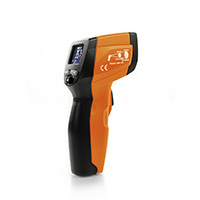
Infrared Thermometer HT3300
380 AED (Incl 5 VAT)
-
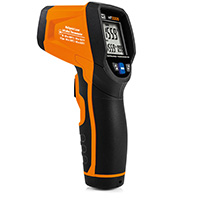
Infrared Thermometer 1000C - HT3305
630 AED (Incl 5 VAT)
-
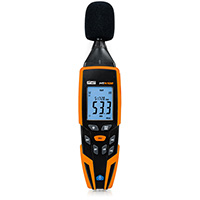
Sound level Meter with Calibrator - HTA102
2200 AED (Incl 5 VAT)
-
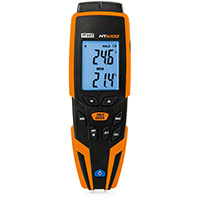
HTA103 Thermometer with K/J-Type Probe
700 AED (Incl 5 VAT)
-
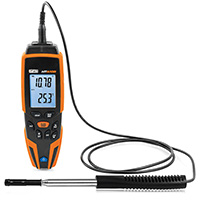
Hot Wire Anemometer - HTA105
1800 AED (Incl 5 VAT)
-
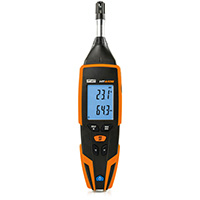
Thermo-Hygrometer HTA106
690 AED (Incl 5 VAT)
-
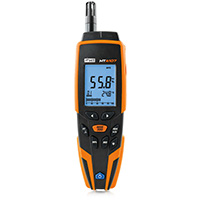
Moisture Meter With Contact & Penetration Probe HTA107
1400 AED (Incl 5 VAT)
-
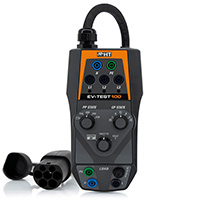
EVSE Adapter for Electric Vehicle Charger Testing - EV-TEST100
2880 AED (Incl 5 VAT)
-
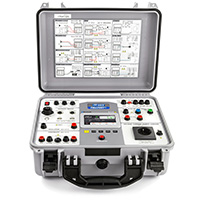
Multifunction Tester of LV Switchgears and Controlgears FULLTEST3
0 AED (Incl 5 VAT)
-
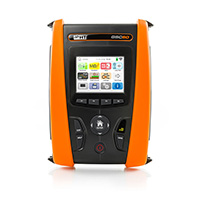
GSC60 Electrical Safety Tests and Power Quality analysis
0 AED (Incl 5 VAT)
-
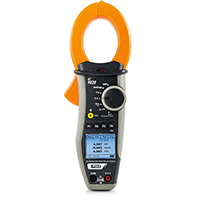
Clamp-on Power Quality Analyzer Ht-Instrument HT9020
1800 AED (Incl 5 VAT)
-
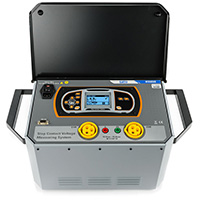
50A Step and contact meter HT2055
0 AED (Incl 5 VAT)
-
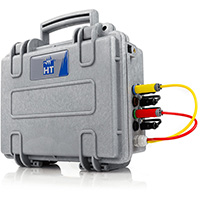
PQA819 Three-phase Power Quality Analyzer
0 AED (Incl 5 VAT)
-
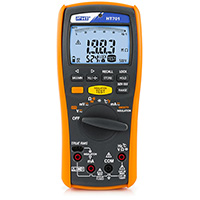
Professional Insulation Multimeter HT701
2900 AED (Incl 5 VAT)
-
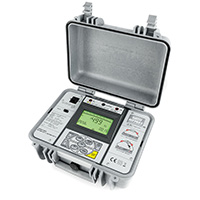
5KV Digital Insulation Tester HT7051
13800 AED (Incl 5 VAT)
-
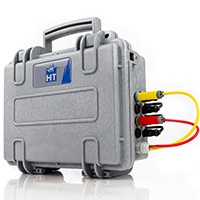
PQA820 Self-powered three-Phase Power Quality Analyzer
0 AED (Incl 5 VAT)
-

10KV Professional Insulation Tester with Test Voltage HT7052
0 AED (Incl 5 VAT)
-
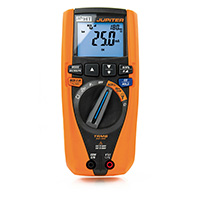
Multi Function Multimeter RCD Tester- Jupiter
1740 AED (Incl 5 VAT)
-
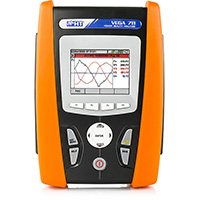
VEGA78 Power Quality and Energy Consumption Analyzer
0 AED (Incl 5 VAT)
-
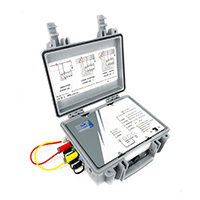
Three-Phase Power Quality Analyzer WSP-821w
0 AED (Incl 5 VAT)
-
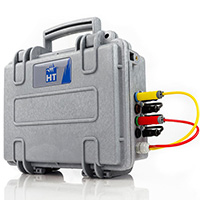
Self-Powered Three-Phase Power Quality Analyzer WSP-822w
0 AED (Incl 5 VAT)
-
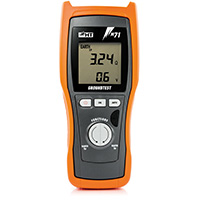
Earth Resistance Tester M71
2875 AED (Incl 5 VAT)
-
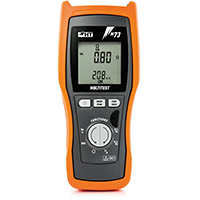
M73 Multifunctional Earth Resistance & RCD Tester
2900 AED (Incl 5 VAT)
-
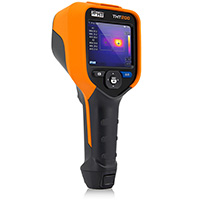
Infrared Thermal Camera - THT200
8100 AED (Incl 5 VAT)
-
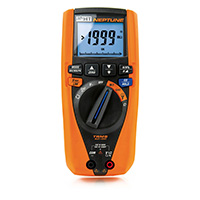
Insulation and Continuity professional multimeter - Neptune
1800 AED (Incl 5 VAT)
-
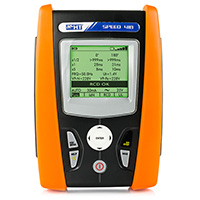
SPEED418 Earth Resistance and RCD Tester
0 AED (Incl 5 VAT)
-
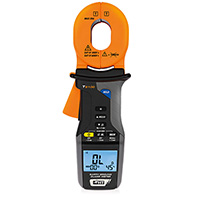
T2100 Clamp meter for measuring earth resistance directly on earth rods compatible with MacrotestG series instruments
0 AED (Incl 5 VAT)
-
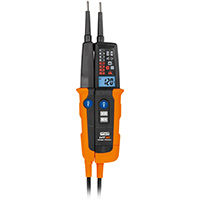
Two pole Multi Function Testers HT10
500 AED (Incl 5 VAT)
-
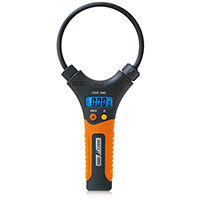
F3000 Clamp meter with flexible Clamp jaws AC 3000A
800 AED (Incl 5 VAT)
-
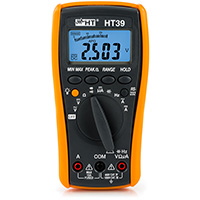
Professional Digital Multimeter HT39
1250 AED (Incl 5 VAT)
-
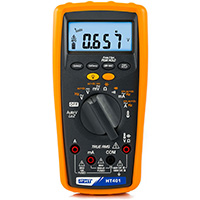
Professional TRMS multimeter HT401
1250 AED (Incl 5 VAT)
-
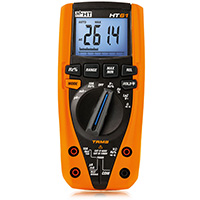
TRMS AC/DC Digital Multimeter - HT61
640 AED (Incl 5 VAT)
-
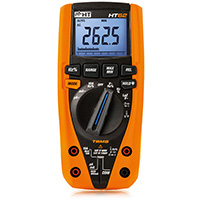
Digital TRMS AC/DC Multimeter - HT62
740 AED (Incl 5 VAT)
-
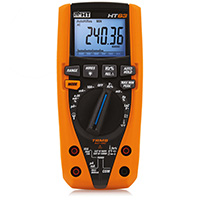
Professional TRMS AC+DC DIGITAL MULTIMETER - HT63
800 AED (Incl 5 VAT)
-

Clamp Meter AC/DC 400A - HT4013
460 AED (Incl 5 VAT)
-
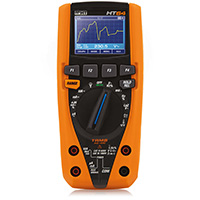
TRMS AC/DC Digital Multimeter datalogger - HT64
1680 AED (Incl 5 VAT)
-
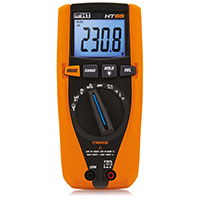
Solar PV Digital Multimeter 1500V HT65
780 AED (Incl 5 VAT)
-
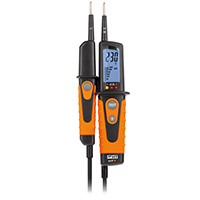
Two Pole Voltage Continuity Tester HT7
455 AED (Incl 5 VAT)
-
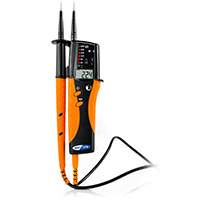
2-Pole Multifunction Voltage Continuity Tester -HT8
475 AED (Incl 5 VAT)
-
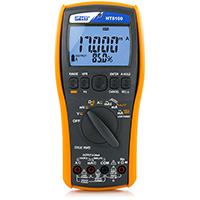
Professional Process Calibrator HT8100
2800 AED (Incl 5 VAT)
-
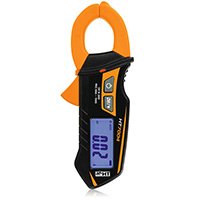
Mini Clamp Meter 300A AC - HT7004
375 AED (Incl 5 VAT)
-
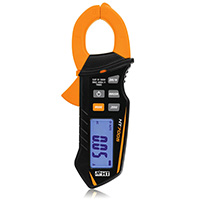
TRMS Mini Clamp Meter AC/DC 400A - HT7005
575 AED (Incl 5 VAT)
-
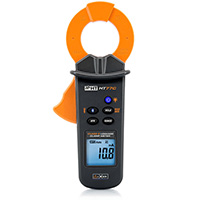
AC Clamp Meter for Measuring Leakage currents HT77C
0 AED (Incl 5 VAT)
-
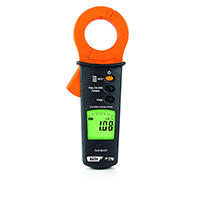
Leakage Current Clamp Meter HT77N
2050 AED (Incl 5 VAT)
-
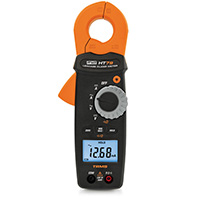
AC/DC Leakage Current Clamp Meter HT79
0 AED (Incl 5 VAT)
-
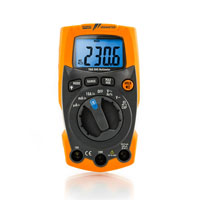
TRMS AC/DC Unbreakable Digital Multimeter- IRONMETER
420 AED (Incl 5 VAT)
-
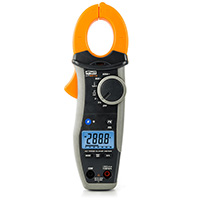
Professional TRMS Clamp Meter 600A HT9014
580 AED (Incl 5 VAT)
-
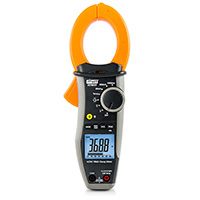
Digital Clamp Meter 1000 Amp AC/DC HT9021
1100 AED (Incl 5 VAT)
-
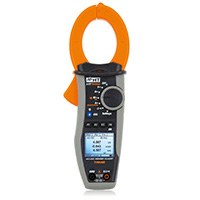
Power Quality Clamp Meter - HT9023
1900 AED (Incl 5 VAT)
-
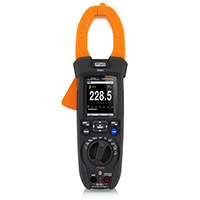
AC/DC Current Clamp with Datalogger HT9025
1900 AED (Incl 5 VAT)
-
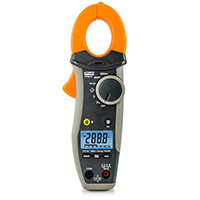
AC/DC TRMS Clamp Meter 600A - HT9015
800 AED (Incl 5 VAT)
-
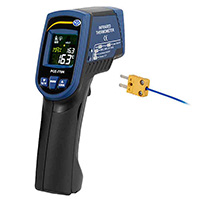
PCE-779N Infrared thermometer
625 AED (Incl 5 VAT)
-

PCE-889B Infrared Thermometer
525 AED (Incl 5 VAT)
-
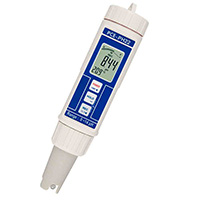
pH meter PCE-PH 22
520 AED (Incl 5 VAT)
-
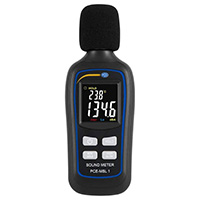
Sound Level Meter PCE-MSL 1
160 AED (Incl 5 VAT)
-

10 kV Digital Insulation Tester MD10KVR
15655 AED (Incl 5 VAT)
-
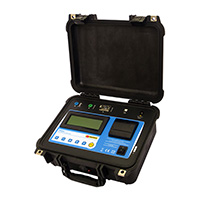
TM25R High Frequency Earth Ground Tester
31500 AED (Incl 5 VAT)
-
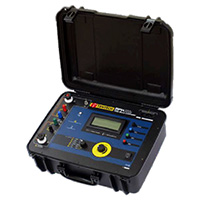
100A Digital Micro-Ohmmeter MPK102e
0 AED (Incl 5 VAT)
-
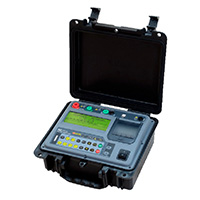
5kV Digital Insulation Tester MD5060x
9375 AED (Incl 5 VAT)
-
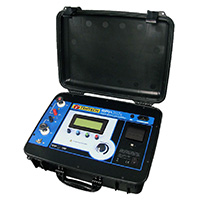
200A High Current Micro-Ohmmeter MPK203x
17200 AED (Incl 5 VAT)
-
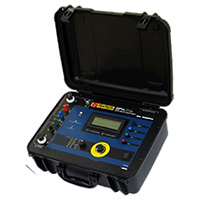
200A Digital Micro-Ohmmeter MPK204e
17800 AED (Incl 5 VAT)
-

200A High Current Micro-Ohmmeter MPK215e
0 AED (Incl 5 VAT)
-
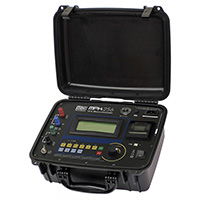
10A Low resistance Ohmmeter MPK256
11800 AED (Incl 5 VAT)
-
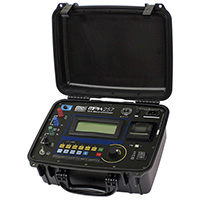
10A Micro Ohmmeter 0.1µO Resolution MPK257
0 AED (Incl 5 VAT)
-
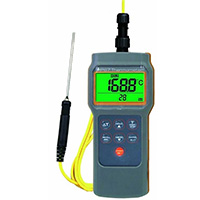
K Type Thermometer - 8802 AZ
440 AED (Incl 5 VAT)
-
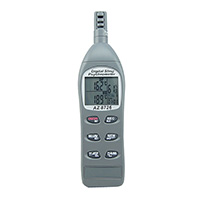
Thermo Hygrometer with Probe 8726 AZ
400 AED (Incl 5 VAT)
-
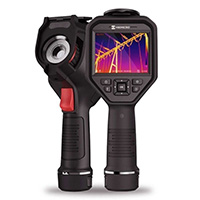
Advanced Thermal Imaging Camera Hikmicro M30
10200 AED (Incl 5 VAT)
-
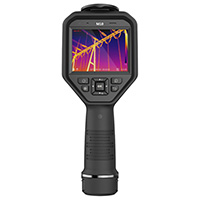
Thermal Imaging Camera Hikmicro M10
4600 AED (Incl 5 VAT)
-
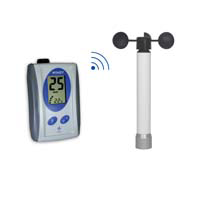
Wireless Anemometer Navis WR3
1400 AED (Incl 5 VAT)
-
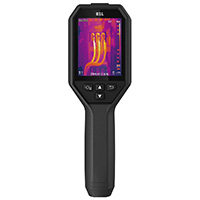
Thermography Camera Hikmicro B1L
1610 AED (Incl 5 VAT)
-
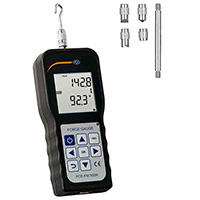
Force Gauge PCE-FM 500N
1940 AED (Incl 5 VAT)
-
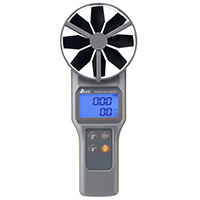
Digital Anemometer 8916 AZ
780 AED (Incl 5 VAT)
-
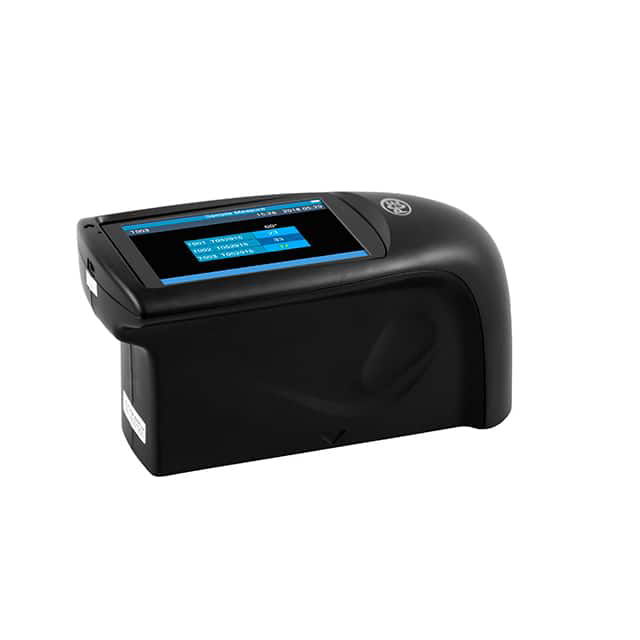
Gloss Meter PCE-GM 60Plus
1400 AED (Incl 5 VAT)
-
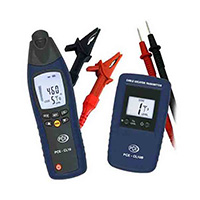
Cable Detector PCE-CL 10
1850 AED (Incl 5 VAT)
-
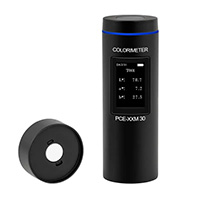
Colorimeter PCE-XXM 30
1250 AED (Incl 5 VAT)
-
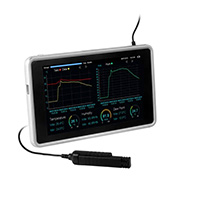
Temperature Humidity Datalogger with Touchscreen PCE-HT 300
1740 AED (Incl 5 VAT)
-
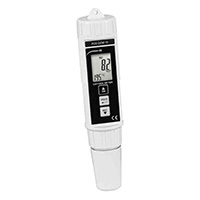
Dissolved Oxygen meter PCE-DOM 10
980 AED (Incl 5 VAT)
-
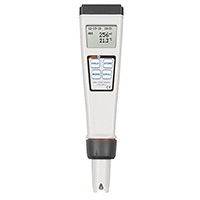
ORP-Tester PCE-ORP 3
750 AED (Incl 5 VAT)
-
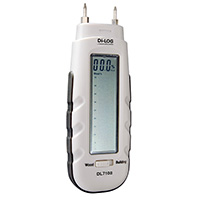
Digital Moisture Meter - DL7108
420 AED (Incl 5 VAT)
-
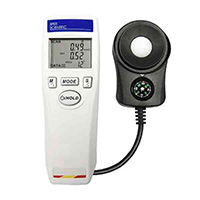
Solar Power Meter- 860042
840 AED (Incl 5 VAT)
-
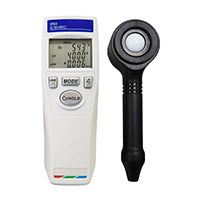
Chroma Light Meter - 850011
1600 AED (Incl 5 VAT)
-
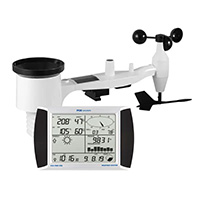
Weather Station PCE-FWS 20N
630 AED (Incl 5 VAT)
-
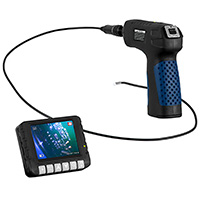
Video Borescope Inspection Camera - PCE-VE 180
945 AED (Incl 5 VAT)
-
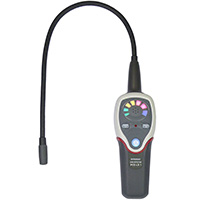
Leak Detector PCE-LD 1
880 AED (Incl 5 VAT)
-
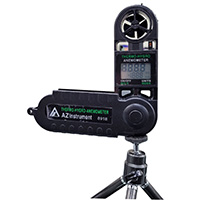
Pocket Humidity Anemometer - 8918AZ
580 AED (Incl 5 VAT)
-
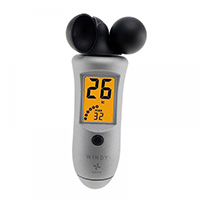
Handheld Anemometer - Windy 6
480 AED (Incl 5 VAT)
-
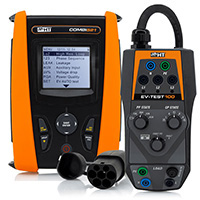
EVSE Safety Testing - COMBI521EV
9200 AED (Incl 5 VAT)
-
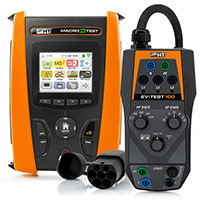
Electric Vehicle Charging Station EVSE Tester - MACROEVTEST
12800 AED (Incl 5 VAT)
-
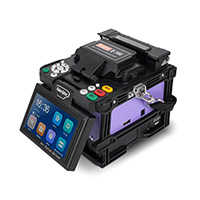
Handheld FTTx Fiber Fusion Splicer X500
4800 AED (Incl 5 VAT)
-
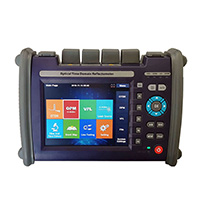
OTDR SHINHO X-1100
9450 AED (Incl 5 VAT)
-
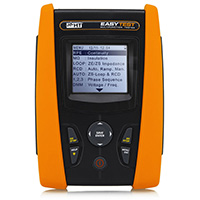
Multifunction RCD Insulation Tester EASYTEST
4400 AED (Incl 5 VAT)
-
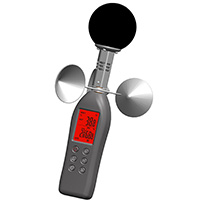
Heat Stress Monitor - 87785 AZ
3200 AED (Incl 5 VAT)
-
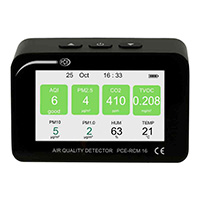
Air quality meter Particle Counter PCE-RCM 16
1080 AED (Incl 5 VAT)
-
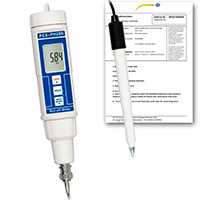
Soil pH Meter - PCE-PH20S
760 AED (Incl 5 VAT)
-
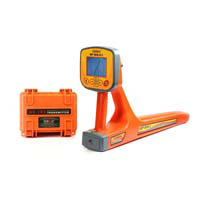
Cable and pipe locator Success AG-309.15G
14100 AED (Incl 5 VAT)
-
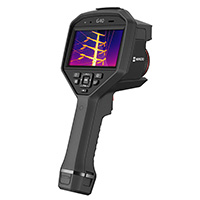
Hikmicro G40 - Professional Thermography Camera
21000 AED (Incl 5 VAT)
-
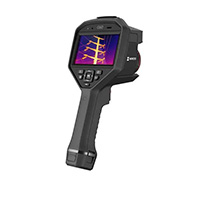
Professional Thermography Camera Hikmicro G60
26000 AED (Incl 5 VAT)
-
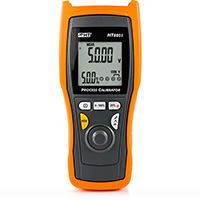
Multifunction Process Calibrator 4-20mA Current Generator - HT8051
2500 AED (Incl 5 VAT)
-
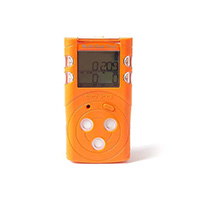
MGT-P Portable Multi Gas Detector
1600 AED (Incl 5 VAT)
-
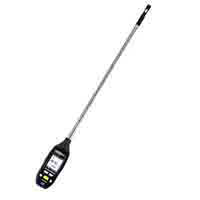
Hot Wire Anemometer - PCE-423N
770 AED (Incl 5 VAT)
-
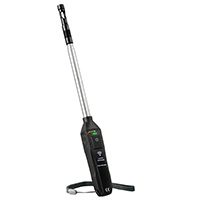
Wireless Telescopic Anemometer - PCE-HWA 20BT
840 AED (Incl 5 VAT)
-
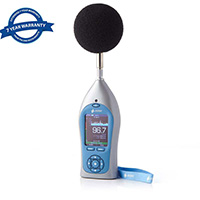
Decibel Meter – Pulsar Nova Class 1
13450 AED (Incl 5 VAT)
-
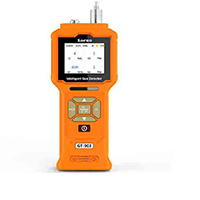
Pump Suction Oxygen Gas Detector Purge Monitor- GT-903-JM (O2)
2840 AED (Incl 5 VAT)
-
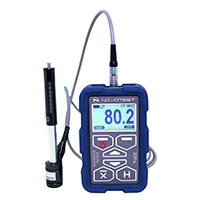
Leeb Hardness Tester NOVOTEST T-D2
3800 AED (Incl 5 VAT)
-
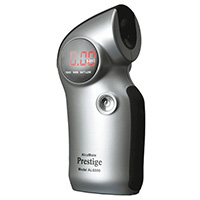
AlcoMate Prestige AL6000 Breathalyzer Alcohol Tester
620 AED (Incl 5 VAT)
-

Ultrasonic Thickness Gauge NOVOTEST UT-1M
3000 AED (Incl 5 VAT)
-
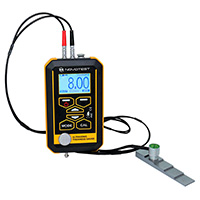
Ultrasonic Thickness Gauge NOVOTEST UT-1M-IP
4600 AED (Incl 5 VAT)
-
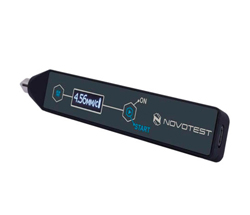
Vibration Meter Pen NOVOTEST NVS P1
2400 AED (Incl 5 VAT)
-

Pocket Anemometer Heat Stress Meter - 8909AZ
735 AED (Incl 5 VAT)
-
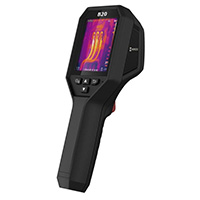
Thermography Camera Hikmicro B20
2300 AED (Incl 5 VAT)
-
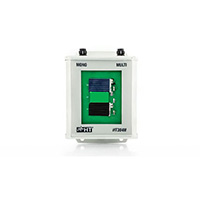
Irradiation Measurement Reference Cell - HT304N
4200 AED (Incl 5 VAT)
-
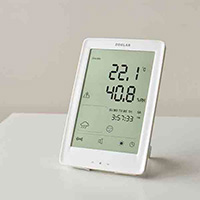
Temperature Weather Meter Zoglab - Artist
458 AED (Incl 5 VAT)
-
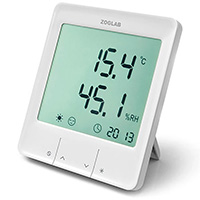
Thermo Hygrometer Zoglab - Smart
220 AED (Incl 5 VAT)
-
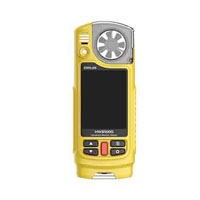
Handheld Weather Station HWS1000-Ltd
3200 AED (Incl 5 VAT)
-
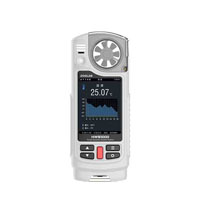
Handheld Weather Station HWS1000-Std
3600 AED (Incl 5 VAT)
-
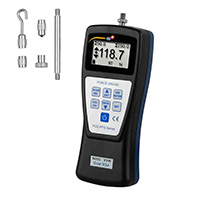
Force Gauge PCE-PFG 100
1820 AED (Incl 5 VAT)
-
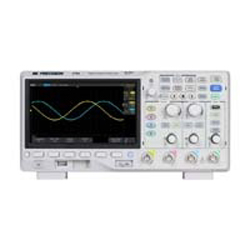
Digital Storage Oscilloscope 100 MHz - BK2194
3750 AED (Incl 5 VAT)
-
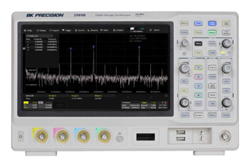
Digital Storage Oscilloscope 100MHz, 2GSa/s - BK2565B
10200 AED (Incl 5 VAT)
-
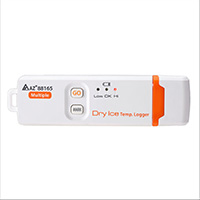
Dry Ice Temperature USB Data logger 88165 AZ
520 AED (Incl 5 VAT)
-
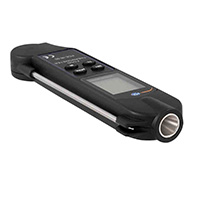
Contact & Non-Contact Food thermometer PCE-IR 80
260 AED (Incl 5 VAT)
-
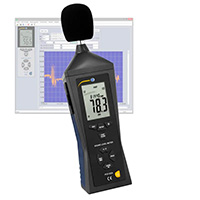
Sound Level Meter with built-in data-logging PCE-322A
900 AED (Incl 5 VAT)
-
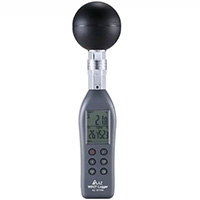
Heat Stress Meter WBGT Datalogger - 87786 AZ
750 AED (Incl 5 VAT)
-
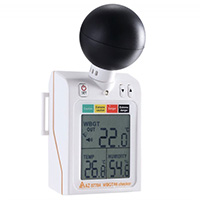
WBGT Meter with Heat Index - 87784 AZ
520 AED (Incl 5 VAT)
-

CO2 Monitor - 7729AZ
630 AED (Incl 5 VAT)
-
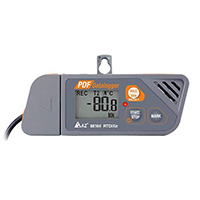
Ultra Low Temperature Recorder with RTD Pt1000 Probe 88164 AZ
420 AED (Incl 5 VAT)
-
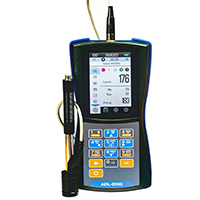
Portable Leeb Hardness Tester Adelix ADL D100
4600 AED (Incl 5 VAT)
-

Digital penetration thermometer DT-501P
900 AED (Incl 5 VAT)
-
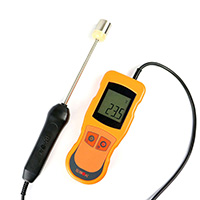
Digital surface thermometer DT-501S
980 AED (Incl 5 VAT)
-
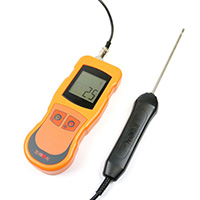
Digital thermometer DT-504
780 AED (Incl 5 VAT)
-
Leeb Hardness Tester NOVOTEST T-D3
5200 AED (Incl 5 VAT)
-
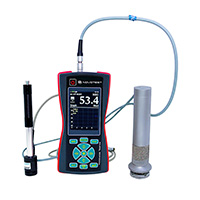
Combined Hardness Tester NOVOTEST T-UD3
10800 AED (Incl 5 VAT)
-
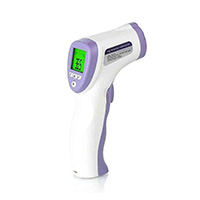
Non Contact Forehead Infrared Thermometer - 8826
60 AED (Incl 5 VAT)
-

Digital Fuel Flow Meter - Tokico FGB
3200 AED (Incl 5 VAT)
-
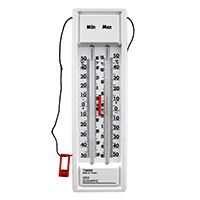
Min/Max Push Button Thermometer - 736690
120 AED (Incl 5 VAT)
-
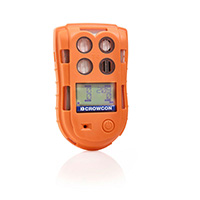
Multigas Detector Crowcon T4
1720 AED (Incl 5 VAT)
-
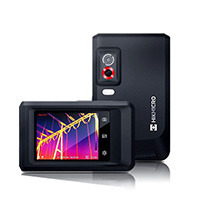
Thermal Pocket Camera - Hikmicro Pocket 2
2100 AED (Incl 5 VAT)
-
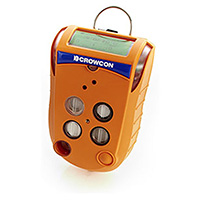
Multigas Detector Crowcon GasPro
2675 AED (Incl 5 VAT)
-
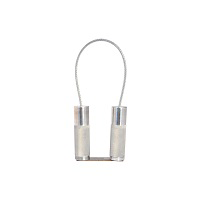
Magnetic Flaw Detector Magnetic Yoke NOVOTEST MPD-DC
1800 AED (Incl 5 VAT)
-
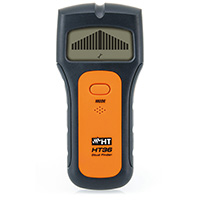
Wall Metal Stud Detector HT36
320 AED (Incl 5 VAT)
-
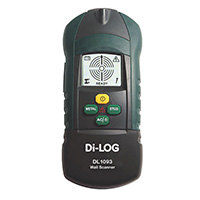
Stud Wall Detector DL1093
340 AED (Incl 5 VAT)
-
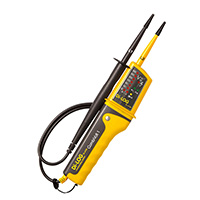
Voltage Continuity Tester DL6780
180 AED (Incl 5 VAT)
-
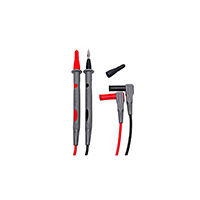
Multimeter Test Leads 4324-2
120 AED (Incl 5 VAT)
-
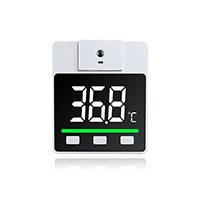
Wall Mounted Infrared Thermometer 800113
320 AED (Incl 5 VAT)
-
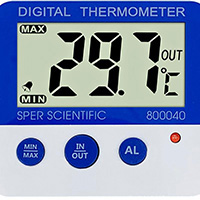
Indoor Outdoor Digital Temperature Monitor 800040
220 AED (Incl 5 VAT)
-
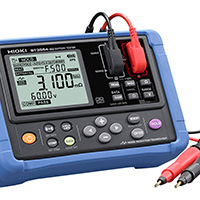
Hioki Battery Tester BT3554-51
7960 AED (Incl 5 VAT)
-
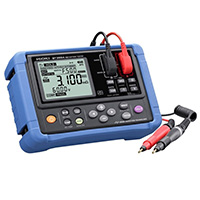
Hioki Battery Tester BT3554-52
8400 AED (Incl 5 VAT)
-
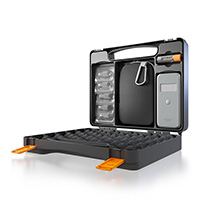
Alcohol Tester AlcoMate Premium AL7000
740 AED (Incl 5 VAT)
-
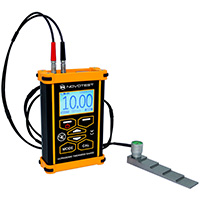
Ultrasonic Thickness Gauge NOVOTEST UT-1M-ST
3800 AED (Incl 5 VAT)
-
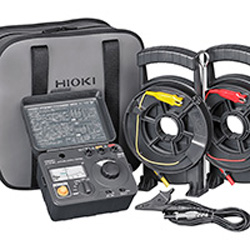
Analog Earth Resistance Tester Hioki FT3151
1600 AED (Incl 5 VAT)
-
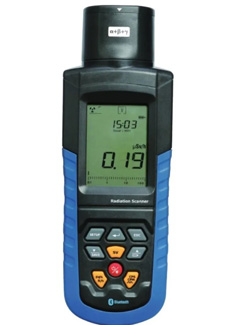
Digital Radiation Detector 840023
1800 AED (Incl 5 VAT)
-
Moisture Meter with Psychrometer 850003
980 AED (Incl 5 VAT)
-
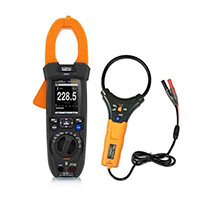
AC/DC Clamp meter with iFlex Clamp 3000A
1700 AED (Incl 5 VAT)
-
Food Hygiene Temperature Meter PCE-ST 1
240 AED (Incl 5 VAT)
-

Resistance Meter Hioki RM3548
5200 AED (Incl 5 VAT)
-
Temperature Humidity Datalogger - Mini TH
450 AED (Incl 5 VAT)
-
Handheld Tachometer PCE-T 238
840 AED (Incl 5 VAT)
-
7.4KW AC EV Charger
2400 AED (Incl 5 VAT)
-

Oldham Combustible Gas Detector LEL - OLCT100
3200 AED (Incl 5 VAT)
-
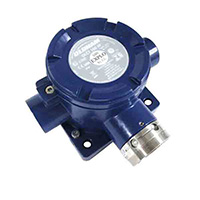
Oldham Toxic Gas Detector H2S - OLCT100
3400 AED (Incl 5 VAT)
-
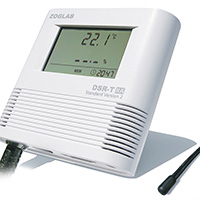
Temperature Humidity Datalogger with Email Alert - DSR-TH
1880 AED (Incl 5 VAT)
-
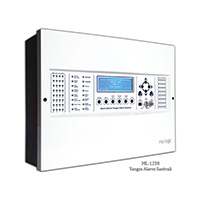
Maxlogic Marine Type Conventional Fire Alarm Panel 16 Zone
4800 AED (Incl 5 VAT)
-
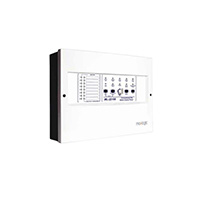
8 Zone Marine Approved Conventional Fire Alarm Panel
3800 AED (Incl 5 VAT)
-
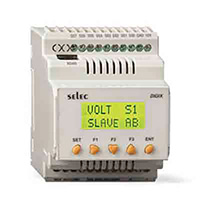
TM200CE24R Controller M200 24 IO relay+Ethernet
3100 AED (Incl 5 VAT)
-
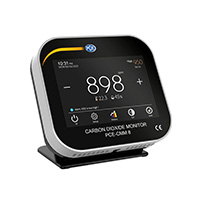
Indoor Air Quality Monitor PCE-CMM 8
750 AED (Incl 5 VAT)
-
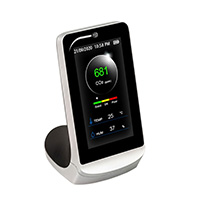
CO2 Analyzer PCE-CMM 5
730 AED (Incl 5 VAT)
-
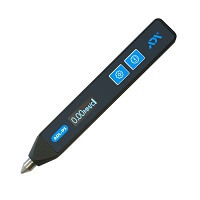
Vibrometer Meter ADL-P3
2000 AED (Incl 5 VAT)
-
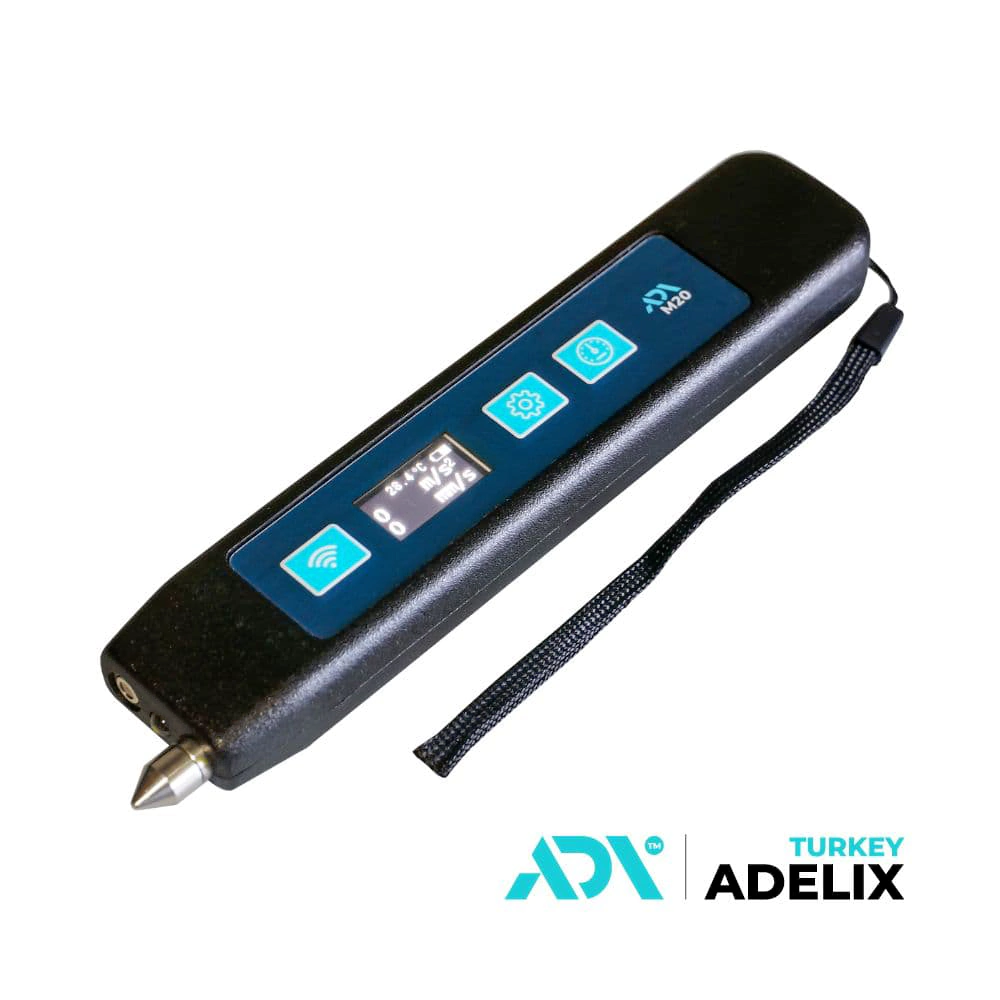
Vibration meter ADL-M20
2700 AED (Incl 5 VAT)
-
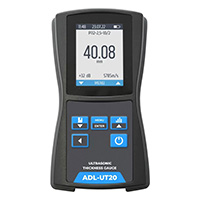
Ultrasonic Thickness Gauge ADL-UT20
3600 AED (Incl 5 VAT)
-
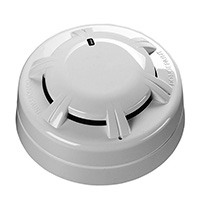
Conventional Smoke Detector Mavigaurd ML-2110/M
160 AED (Incl 5 VAT)
-

Conventional Heat Detector Mavigaurd ML-2130/M
160 AED (Incl 5 VAT)
-
Pressure Switch Finetek SQ275
240 AED (Incl 5 VAT)
-
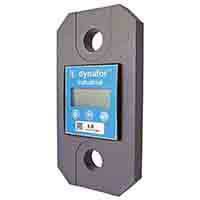
Tractel dynafor Industrial 20T Load Cell
12800 AED (Incl 5 VAT)
-
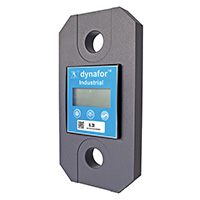
Tractel dynafor Industrial 12.5T Crane Scale
12000 AED (Incl 5 VAT)
-
.webp)
High Temperature Infrared Thermometer 1880°C - TA603D
1600 AED (Incl 5 VAT)
-
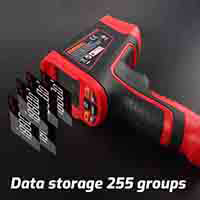
Industrial Infrared Thermometer Gun 2200°C - TA603E
1980 AED (Incl 5 VAT)
-
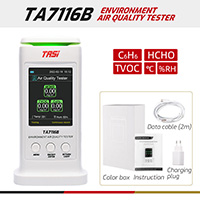
Air Quality Meter Datalogger- HCHO TVOC C6H6 TA7116B
1400 AED (Incl 5 VAT)
-
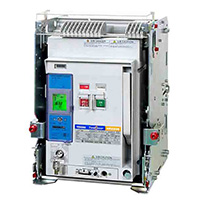
Terasaki Tempower 2 ACB - AR216S 1600A 3P LSI AGR11 65kA
19000 AED (Incl 5 VAT)
-
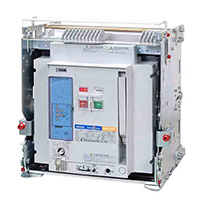
Terasaki Tempower 2 ACB - AR325S 2500A 3P LSI AGR11 85kA
26000 AED (Incl 5 VAT)
-
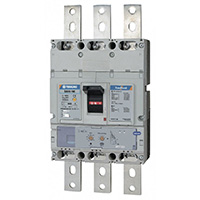
Tembreak 2 MCCB- S1600-NE 3P 1600A Terasaki 570209
11200 AED (Incl 5 VAT)
-
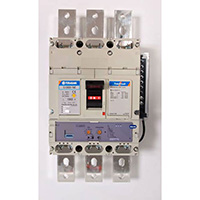
TemBreak 2 MCCB 530401 S1000-NE 3P 1000A
6900 AED (Incl 5 VAT)
-
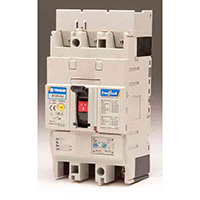
Terasaki Tembreak 2 MCCB 255243 S125-GJ 3P 100A
1050 AED (Incl 5 VAT)
-
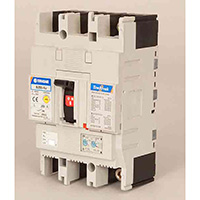
Tembreak 2 MCCB Thermal Magnetic S250-NJ 3P 250A FC 312038
1250 AED (Incl 5 VAT)
-
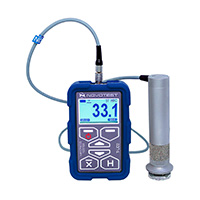
Ultrasonic Contact Impedance UCI Hardness Tester T-U2
4400 AED (Incl 5 VAT)
-
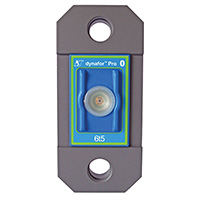
Tractel Dynafor Pro 50T dynamometer
34900 AED (Incl 5 VAT)
-
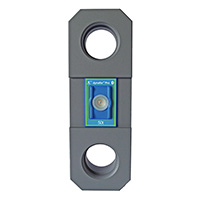
Tractel Dynamometer Dynafor Pro 100T Load Cell
0 AED (Incl 5 VAT)
-
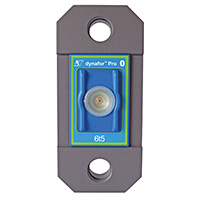
Tractel Dynamometer Dynafor Pro 250T
0 AED (Incl 5 VAT)
-
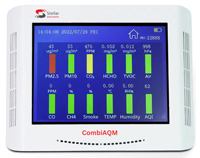
Air Quality Meter Datalogger CombiAQM
3600 AED (Incl 5 VAT)
-
MeaTest Multi Product Calibrator 9010
86000 AED (Incl 5 VAT)
-
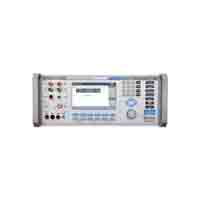
MeaTest 9010+ Multifunction Calibrator
0 AED (Incl 5 VAT)
-
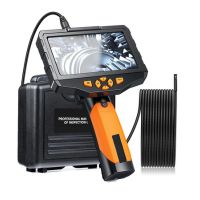
Borescope Inspection Camera NTS300
1400 AED (Incl 5 VAT)
-
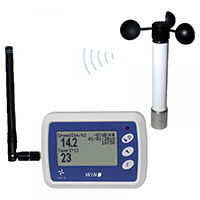
Long Range Wireless Anemometer Datalogger WL12X/WS
2200 AED (Incl 5 VAT)
-
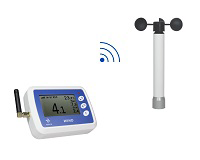
Wireless Anemometer Datalogger WL12/WS
1900 AED (Incl 5 VAT)
-
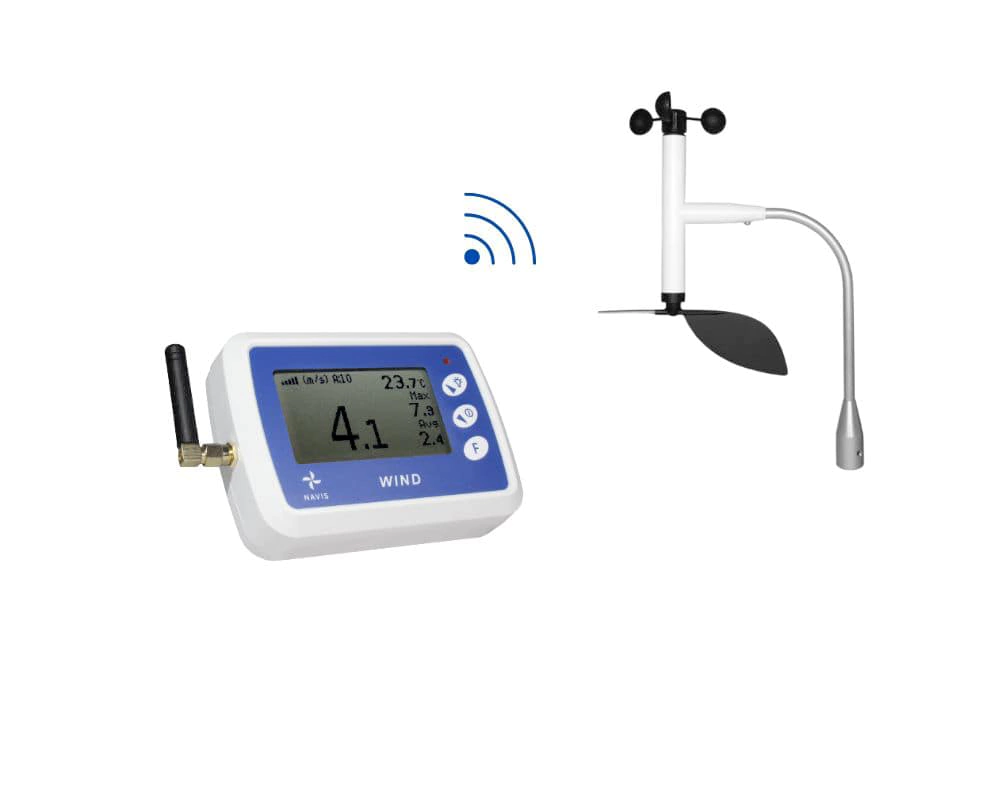
Wireless Anemometer Wind Direction Datalogger WL12/WSD
2600 AED (Incl 5 VAT)
-
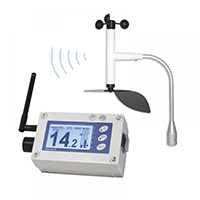
Wireless Wind Datalogger with Alarm W410
3420 AED (Incl 5 VAT)
-
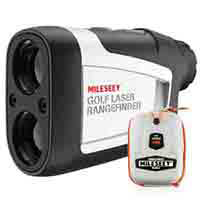
Golf Rangefinder Monocular Camera 600M PF210
1100 AED (Incl 5 VAT)
-
Hunting Monocular Camera Laser Rangefinder PF210
945 AED (Incl 5 VAT)
-
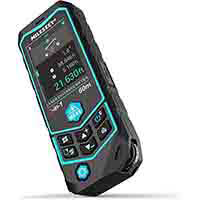
Multifunction wheel Curve laser distance meter R2B
880 AED (Incl 5 VAT)
-
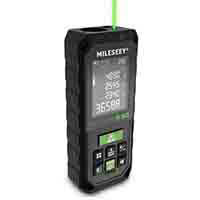
Green Laser Distance Meter S8G
820 AED (Incl 5 VAT)
-
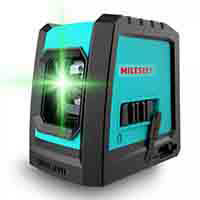
Cross Laser Level L52G
520 AED (Incl 5 VAT)
-
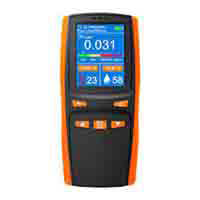
Ozone Air Quality Meter EN1300
640 AED (Incl 5 VAT)
-
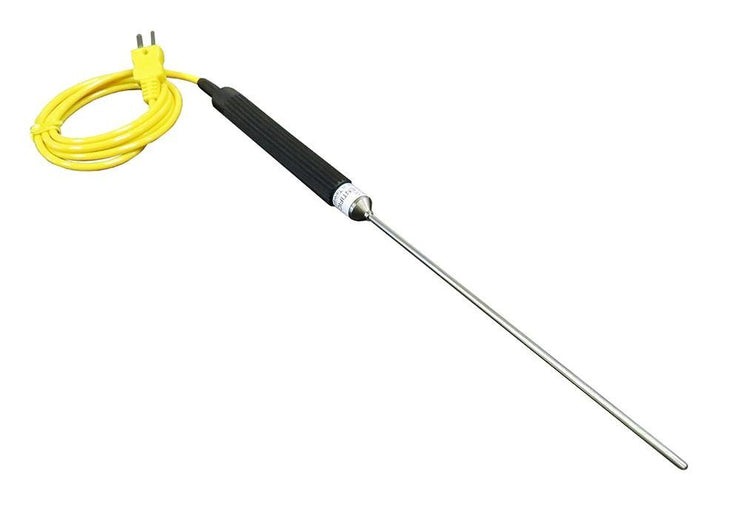
Type K Surface Thermometer Probe 800070
340 AED (Incl 5 VAT)
-
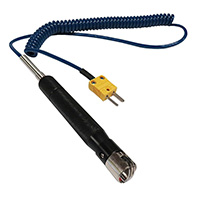
Surface Thermometer Probe 800073
240 AED (Incl 5 VAT)
-

Alcohol Detector ACT5000
525 AED (Incl 5 VAT)
-

Smart Temperature Humidity Monitor external Probe T306
160 AED (Incl 5 VAT)
-
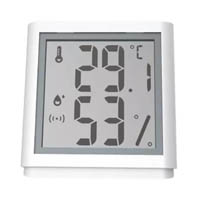
Smart Temperature Humidity Monitor T301
120 AED (Incl 5 VAT)
-
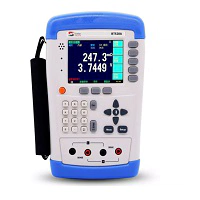
Battery Tester BT528A
4800 AED (Incl 5 VAT)
-
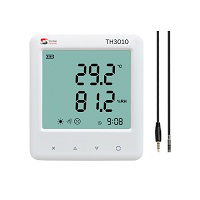
Humidity Temperature Monitor external Probe TH3010E
210 AED (Incl 5 VAT)
-
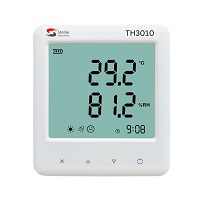
Temperature Humidity Monitor TH3010
190 AED (Incl 5 VAT)
-
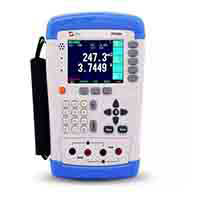
LCR Tester LCR826
1800 AED (Incl 5 VAT)
-
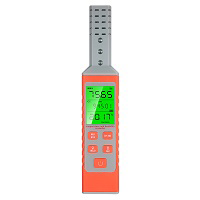
Temperature Humidity Meter TC100A
300 AED (Incl 5 VAT)
-
Portable Ultrasonic Flowmeter P117
9400 AED (Incl 5 VAT)
-
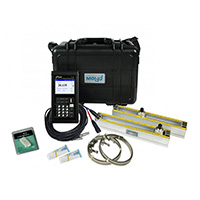
Clamp-on Ultrasonic Flow Meter P118i-PH020
17800 AED (Incl 5 VAT)
-
Ultrasonic Heat Meter BTU for Energy Metering
4200 AED (Incl 5 VAT)
-
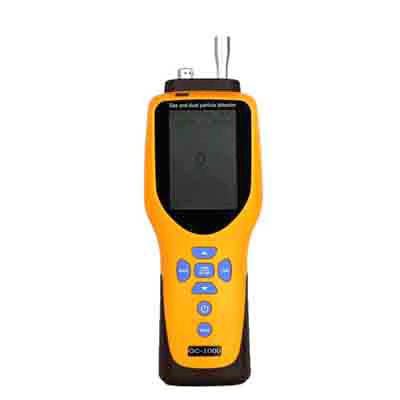
Industrial multigas detector with particle counter
10800 AED (Incl 5 VAT)
-
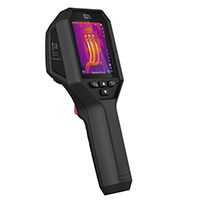
Thermal Imaging Camera Hikmicro B2L
1640 AED (Incl 5 VAT)
-
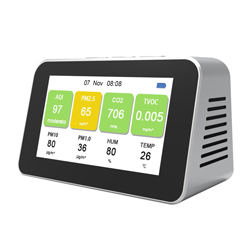
Desktop CO2 Air Quality Monitor SI7100
780 AED (Incl 5 VAT)
-
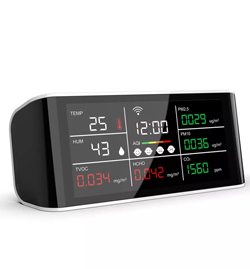
Air Quality Monitor Particle Counter SI7400
820 AED (Incl 5 VAT)
-
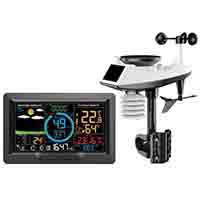
Indoor Outdoor Weather Station SI9100
760 AED (Incl 5 VAT)
-
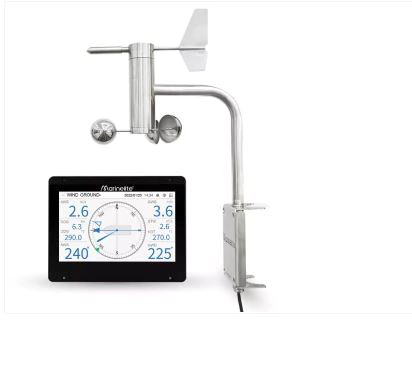
Marine Anemometer Sensor Wind Speed & Direction Mi9000S
7900 AED (Incl 5 VAT)
-
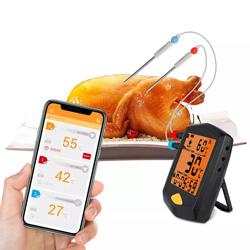
Meat Thermometer KT100
320 AED (Incl 5 VAT)
-

Smart WiFi Temperature Humidity Datalogger T401
220 AED (Incl 5 VAT)
-
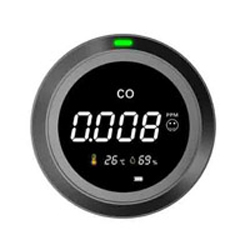
Carbon Monoxide Monitor SI3700
350 AED (Incl 5 VAT)
-
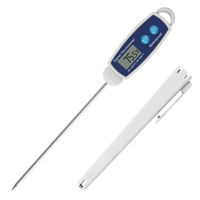
Food Thermometer FT20
120 AED (Incl 5 VAT)
-
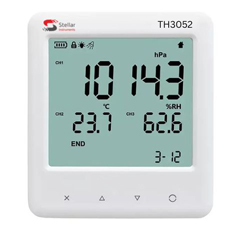
Thermo hygrometer and air pressure with data logger TH3052
340 AED (Incl 5 VAT)
-
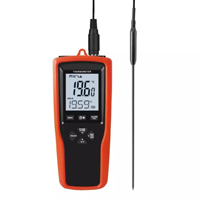
Digital Thermometer Datalogger PT100 T516
540 AED (Incl 5 VAT)
-
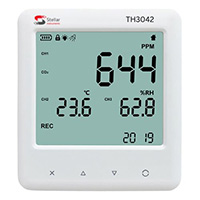
Hygrometer datalogger with CO2 TH3042
420 AED (Incl 5 VAT)
-
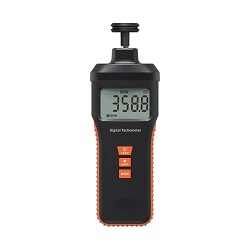
Digital Tachometer SI510
400 AED (Incl 5 VAT)
-
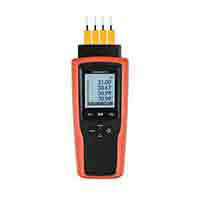
4 Channel Digital Thermometer Datalogger T446
900 AED (Incl 5 VAT)
-
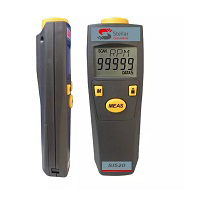
Digital Tachometer SI520
700 AED (Incl 5 VAT)
-
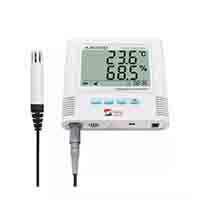
Digital Alarm Temperature Humidity Thermometer A2000EX
640 AED (Incl 5 VAT)
-
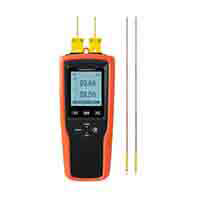
2 Channel Digital Thermometer Datalogger T422
630 AED (Incl 5 VAT)
-
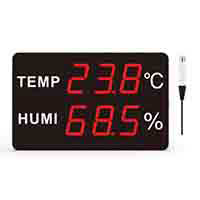
Large Display Wall Mounted Temperature Humidity Monitor
1200 AED (Incl 5 VAT)
-
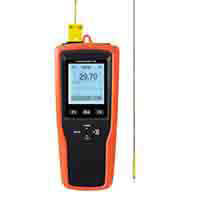
Digital Thermometer Datalogger T412
520 AED (Incl 5 VAT)
-
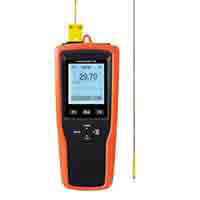
Digital Thermometer T410
420 AED (Incl 5 VAT)
-
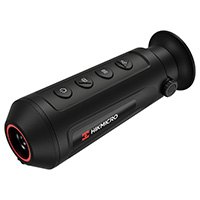
Handheld Thermal Monocular Camera HIKMICRO LYNX LC06
1880 AED (Incl 5 VAT)
-
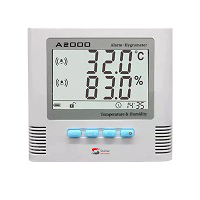
Alarm Thermo-Hygrometer A2000TH
600 AED (Incl 5 VAT)
-
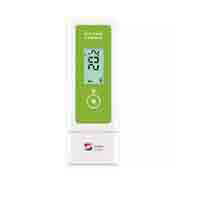
Multiuse Temperature and Humidity data logger with LCD TH2010
180 AED (Incl 5 VAT)
-
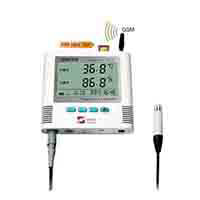
GSM Temperature & Humidity datalogger SMS Alarm S500EX
1400 AED (Incl 5 VAT)
-
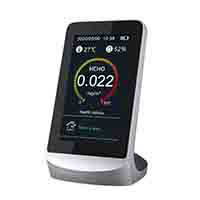
CO2 Air Quality Monitor SI5200
720 AED (Incl 5 VAT)
-
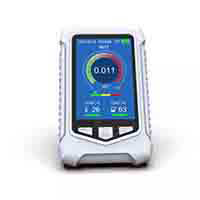
NH3 Ammonia Gas Monitor SI3750
630 AED (Incl 5 VAT)
-
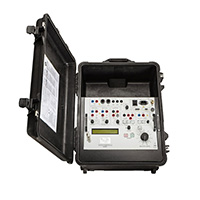
Secondary Current Injection Test Set 200ADM-P
0 AED (Incl 5 VAT)
-

Pulse Holiday Detector NOVOTEST SPARK-1
8200 AED (Incl 5 VAT)
-
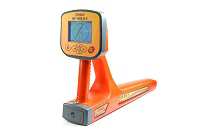
Cable locator Success CBI-309G
7800 AED (Incl 5 VAT)
-
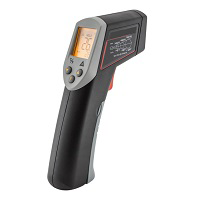
Infrared Thermometer SI330
300 AED (Incl 5 VAT)
-
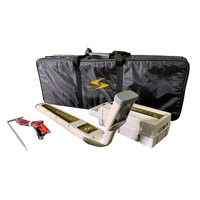
Pipe and Cable Locator PL-VF10
15800 AED (Incl 5 VAT)
-
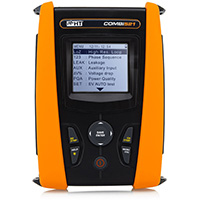
Multifunction Insulation Loop Impedance Tester Combi521
6400 AED (Incl 5 VAT)
-
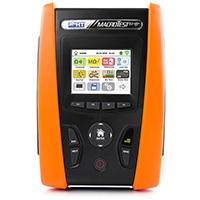
Advanced Multifunction Installation Tester MACROTESTG3
9200 AED (Incl 5 VAT)
-

850071-Environmental Quality SD Card Logger
1050 AED (Incl 5 VAT)
-
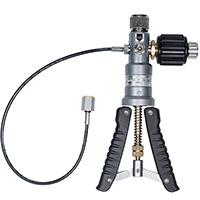
Pneumatic Pressure Test Pump LR-Cal LPP 40
4200 AED (Incl 5 VAT)
-
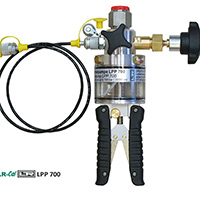
Hydraulic Pressure Test Pump LPP 700
6000 AED (Incl 5 VAT)
-
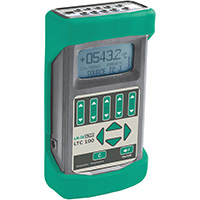
Portable Multifunction Temperatur Calibrator LR-Cal LTC 100
6200 AED (Incl 5 VAT)
-

DigitalThermometer Datalogger PT1000 – T518
600 AED (Incl 5 VAT)
-
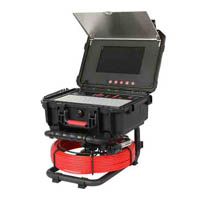
HD Sewer Pipe Inspection Camera PICS2150 50 Meter Cable
8800 AED (Incl 5 VAT)
-
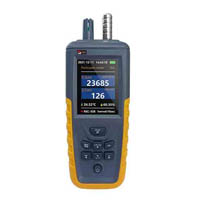
Handheld 3 Channel Particle Counter TC8100
1600 AED (Incl 5 VAT)
-
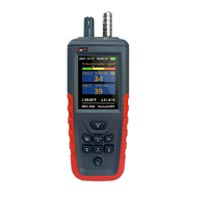
Handheld 6 Channel Particle Counter TC8200
2400 AED (Incl 5 VAT)
-
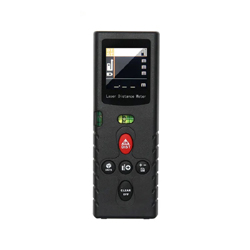
Laser Distance Meter 70M SI1172
420 AED (Incl 5 VAT)
-
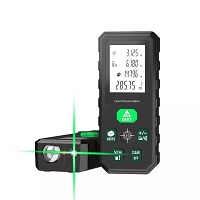
Green Laser Distance Meter 120M SI1180
760 AED (Incl 5 VAT)
-
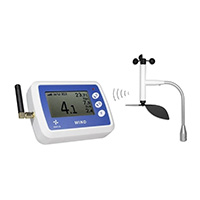
Wireless Wind Speed & Wind Direction Anemometer WR5/WSD
2480 AED (Incl 5 VAT)
-
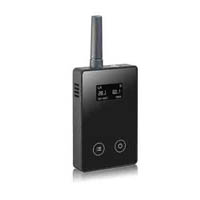
WiFi Temperature Humidity Datalogger Edge500
800 AED (Incl 5 VAT)
-
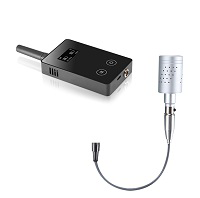
WiFi Sound Level Meter Edge500S
1600 AED (Incl 5 VAT)
-
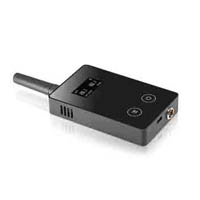
WiFi CO2 Meter EdgeMeter500C
1300 AED (Incl 5 VAT)
-
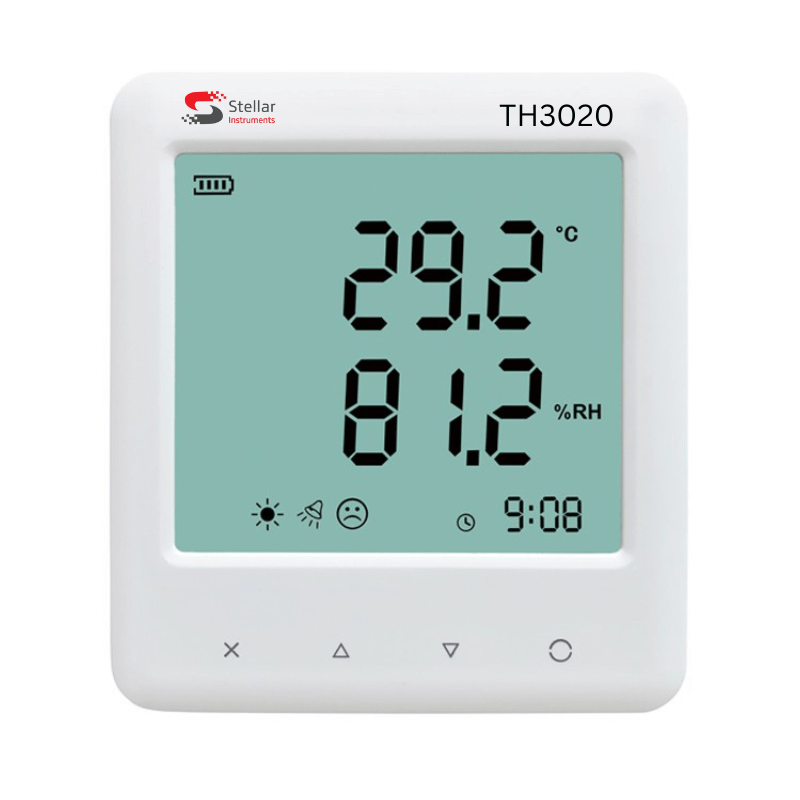
Temperature Humidity Datalogger TH3020
250 AED (Incl 5 VAT)
-

Soil Moisture Meter MC288
900 AED (Incl 5 VAT)
-

Grain Moisture Meter MC289
630 AED (Incl 5 VAT)
-

Infrared Belt Tension Meter BT290
2700 AED (Incl 5 VAT)
-
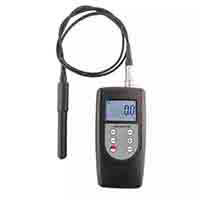
Gauss Meter GM280
1800 AED (Incl 5 VAT)
-
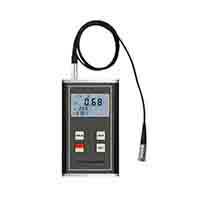
Vibration Meter VM370
2600 AED (Incl 5 VAT)
-
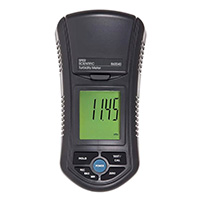
Turbidity Meter 860040
1830 AED (Incl 5 VAT)
-
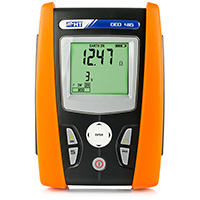
Earth Ground Tester GEO416
4200 AED (Incl 5 VAT)
-
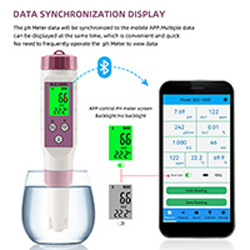
Digital Water Quality Meter 7 in 1 BLEC600
700 AED (Incl 5 VAT)
-
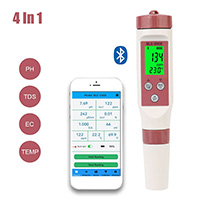
PH EC TDS Temp PH Meter BLE9908
250 AED (Incl 5 VAT)
-
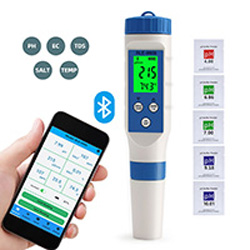
PH EC TDS Temp Salt Meter BLE9909
380 AED (Incl 5 VAT)
-
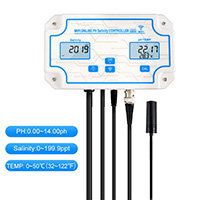
Wi-Fi Pool PH Salinity Temperature Controller 3 in 1 W2825
900 AED (Incl 5 VAT)
-
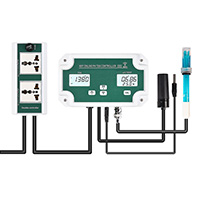
Wi-Fi Pool PH TDS Temperature Controller 3 in 1 W2826
890 AED (Incl 5 VAT)
-
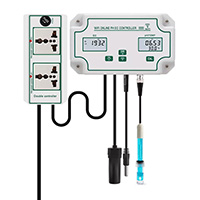
Digital PH EC Controller Temperature 3 in 1 W2823
850 AED (Incl 5 VAT)
-
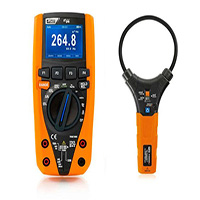
Digital Multimeter with iFlex HT65i
1600 AED (Incl 5 VAT)
-
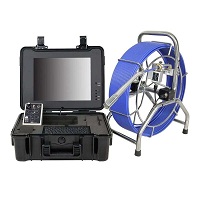
Pipe Inspection Videoscope System PICS3100 100M
18800 AED (Incl 5 VAT)
-
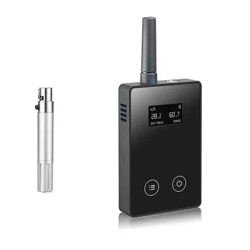
WiFi Dew Point Meter EdgeMeter500D
1900 AED (Incl 5 VAT)
-
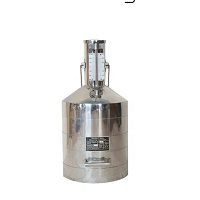
Fuel Dispenser Measuring Can 10L
1400 AED (Incl 5 VAT)
-
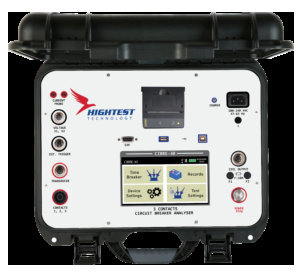
Circuit Breaker Analyser with Printer 3-Contact CIBRE-30
52800 AED (Incl 5 VAT)
-
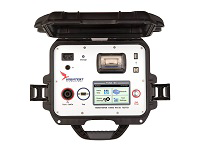
Single Phase TURA-01 BLUE TTR Tester with Built-in Bluetooth & Printer
0 AED (Incl 5 VAT)
-
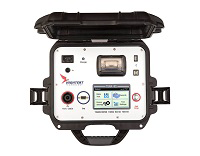
Single Phase TURA-01 TTR Tester with Printer
0 AED (Incl 5 VAT)
-
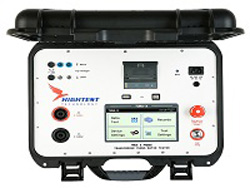
TURA-X True Three-Phase Transformer TTR with Built-in Printer
0 AED (Incl 5 VAT)
-
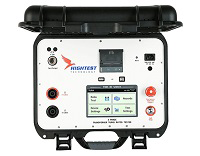
TURA-03B BLUE 250V Three-Phase TTR with Battery, Bluetooth & Printer
0 AED (Incl 5 VAT)
-
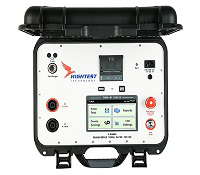
TURA-03B 250V Three-Phase Transformer Turns Ratio Tester with Built-in Battery & Printer
0 AED (Incl 5 VAT)
-
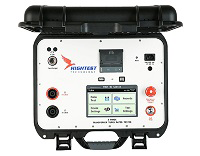
TURA-03 BLUE 250V Three-Phase Transformer Turns Ratio Tester with Built-in Bluetooth & Printer
0 AED (Incl 5 VAT)
-
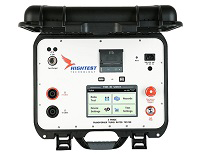
Three-Phase Transformer TTR TURA-03 250V with Built-in Printer
48800 AED (Incl 5 VAT)
-
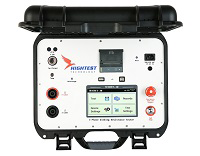
TRIORES-20 20A Fully Automatic Three-phase Winding Resistance Tester with Built-in Printer
0 AED (Incl 5 VAT)
-
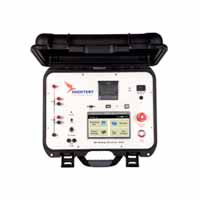
WINRES-20B BLUE 20A Winding Resistance Tester With Battery, Bluetooth & Printer
0 AED (Incl 5 VAT)
-
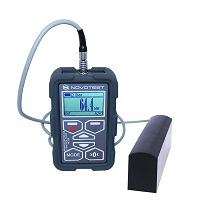
Concrete Cover Meter NOVOTEST Rebar Detector (NEW GENERATION 2020)
7200 AED (Incl 5 VAT)
-
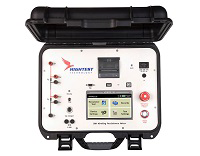
WINRES-20 BLUE 20A Winding Resistance Tester with Bluetooth & Printer
0 AED (Incl 5 VAT)
-
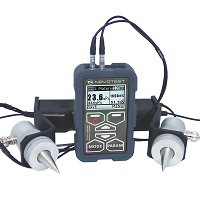
Strength Meter NOVOTEST IPSM
9000 AED (Incl 5 VAT)
-
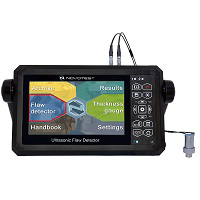
Ultrasonic Flaw Detector NOVOTEST UD3701
17800 AED (Incl 5 VAT)
-
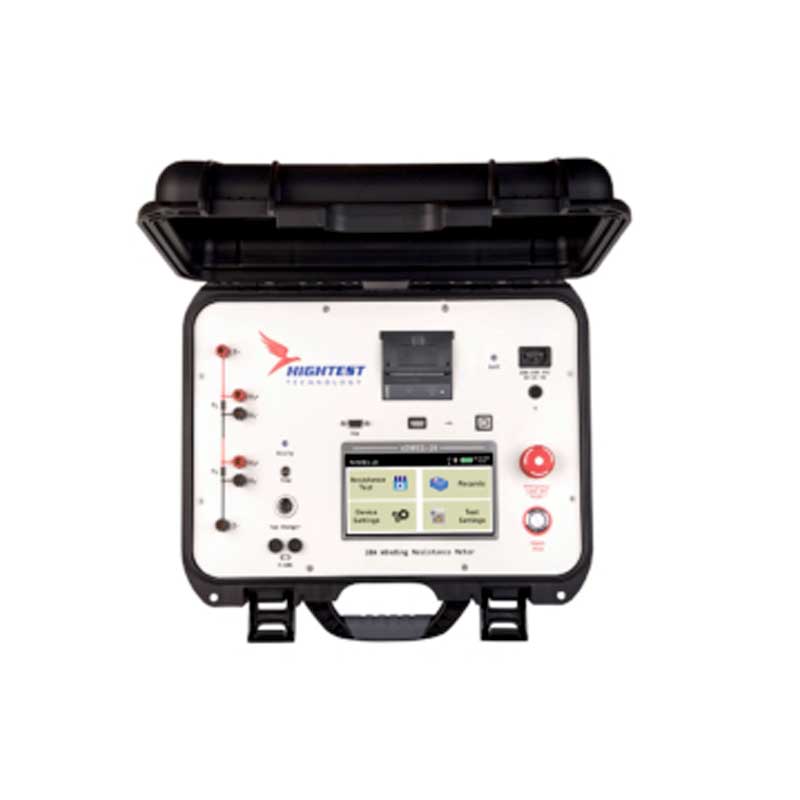
WINRES-20B 20A Winding Resistance Tester with Battery & Printer
0 AED (Incl 5 VAT)
-
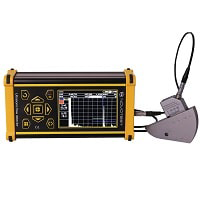
Ultrasonic Flaw Detector NOVOTEST UD2303
14000 AED (Incl 5 VAT)
-

Winding Resistance Tester 20A WINRES-20 with Built-in Printer
54000 AED (Incl 5 VAT)
-
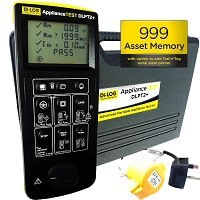
Portable Appliance Tester PAT DLPT2+
3700 AED (Incl 5 VAT)
-
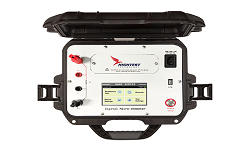
Digital Micro-ohmmeter HARES 100A
0 AED (Incl 5 VAT)
-
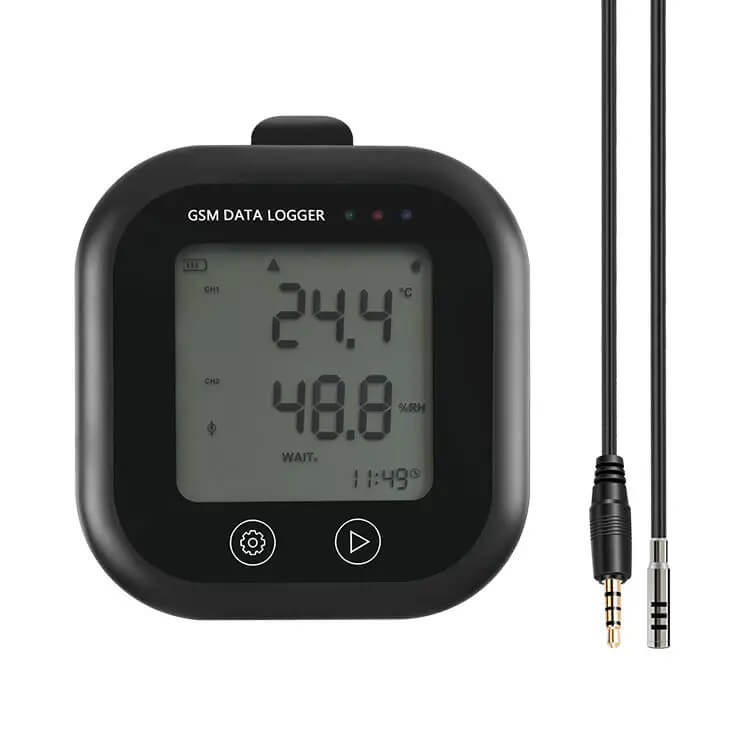
GSM Wireless Network SMS Temperature Humidity Datalogger SI5600
1600 AED (Incl 5 VAT)
-
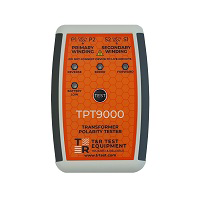
Transformer Polarity Tester TPT9000
3600 AED (Incl 5 VAT)
-
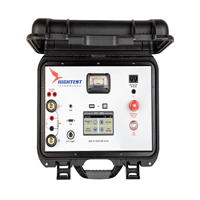
Digital Micro-ohmmeter HARES 200A
0 AED (Incl 5 VAT)
-
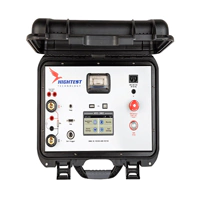
Digital Micro-ohmmeter HARES 300A
0 AED (Incl 5 VAT)
-
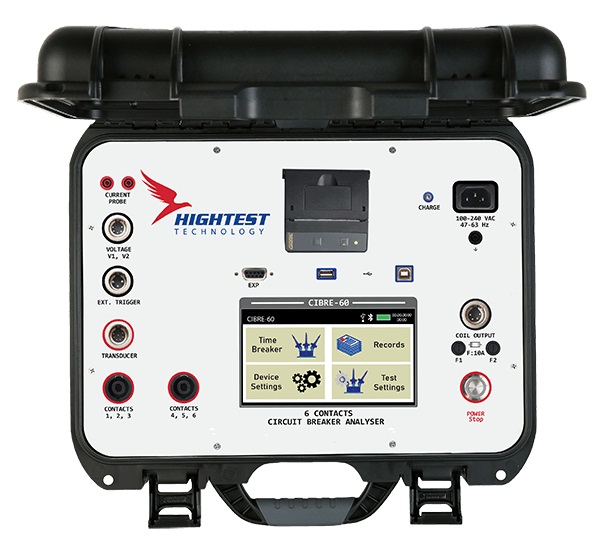
Circuit Breaker Analyser with Printer 6-Contact CIBRE-60
0 AED (Incl 5 VAT)
-
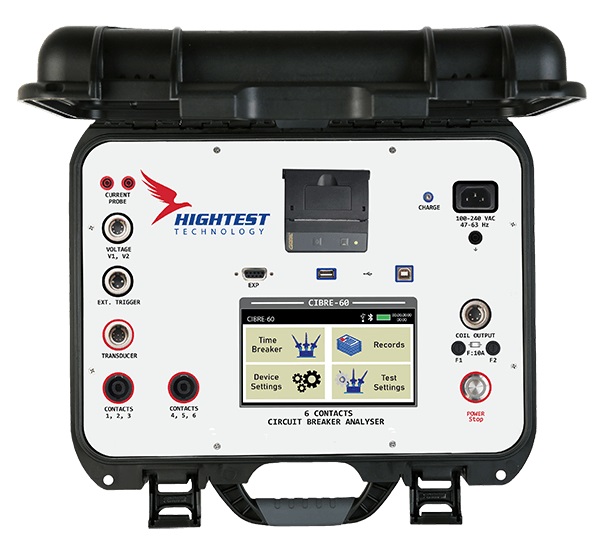
Circuit Breaker Timer with Printer 3-Contact CIBRE-L3
32000 AED (Incl 5 VAT)
-

Circuit Breaker Timer with Printer 6-Contact CIBRE-L6
0 AED (Incl 5 VAT)
-
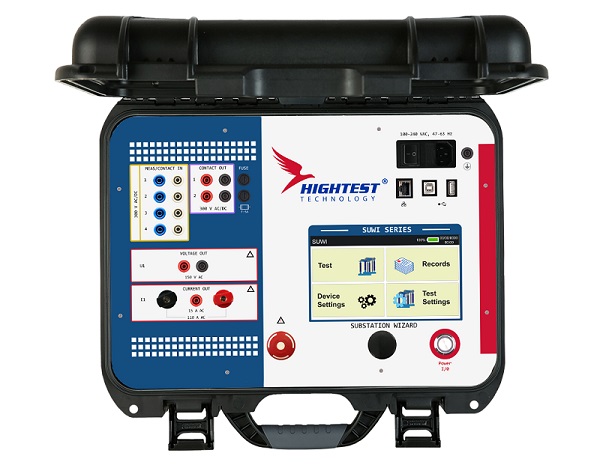
Suwi Series Combined Multifunction Test and Measurement Equipment
0 AED (Incl 5 VAT)
-

Vacuum Bottle Tester VABO-80B 80 kV Vacuum Bottle Tester with built-in Battery & Printer
0 AED (Incl 5 VAT)
-
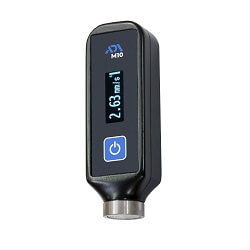
Portable Vibration Meter Adelix M10
1500 AED (Incl 5 VAT)
-
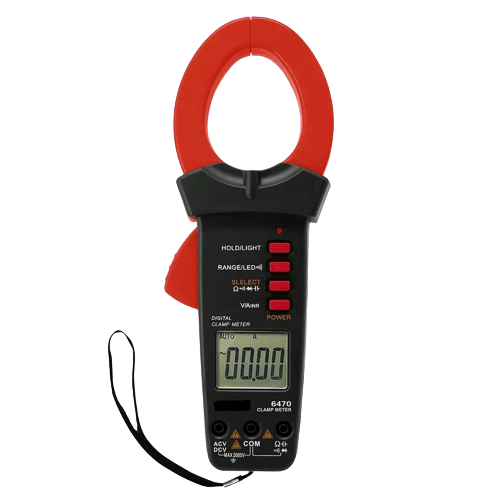
2000A True RMS AC DC Clamp Meter SI6470
630 AED (Incl 5 VAT)
-
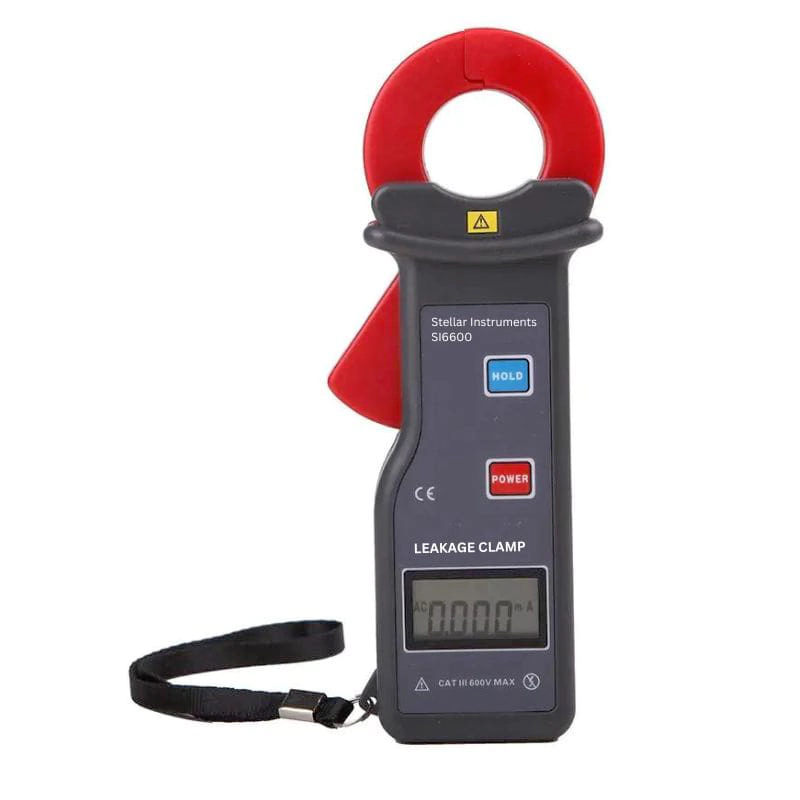
High Accuracy AC Current Leakage Clamp Meter SI6600
525 AED (Incl 5 VAT)
-
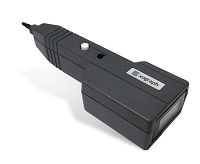
Handheld Densitometer Xograph Digit X
5600 AED (Incl 5 VAT)
-

Industrial Articulating Inspection Camera PIE1630 3Meter Probe
10800 AED (Incl 5 VAT)
-

Video borescope Inspection Camera PIE1610 1Meter Probe
5400 AED (Incl 5 VAT)
-
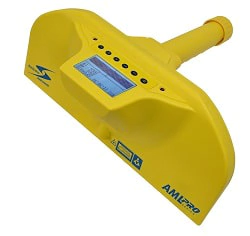
Ground Penetrating Radar (GPR)PVC Locator AML PRO
37800 AED (Incl 5 VAT)
-
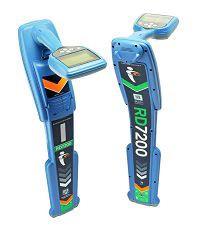
Cable Locator Radiodetection RD7200
9800 AED (Incl 5 VAT)
-
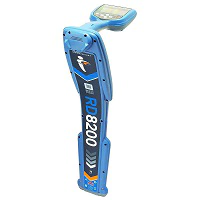
Cable Detector Radiodetection RD8200
15900 AED (Incl 5 VAT)
-
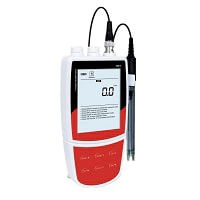
Semi Solid Meat Cheese pH Meter SI220
2100 AED (Incl 5 VAT)
-
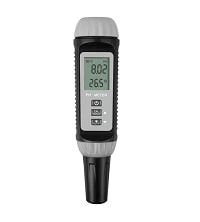
Digital Pocket pH Meter SI360
250 AED (Incl 5 VAT)
-
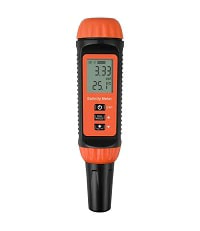
Digital Salinity Meter SI362
350 AED (Incl 5 VAT)
-
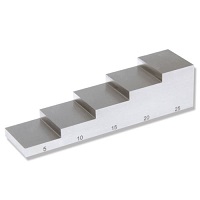
Step Wedge Ultrasonic Calibration Block 10-20-30-40-50MM
1200 AED (Incl 5 VAT)
-
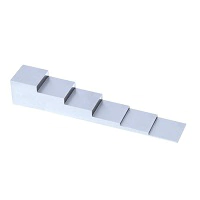
Ultrasonic Thickness Calibration Step Wedge Block 10-20-40-60-80-100MM
1580 AED (Incl 5 VAT)
-
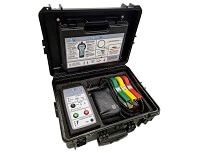
Low & medium voltage dead cables identifier JUPITER X
33800 AED (Incl 5 VAT)
-
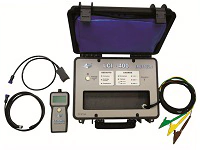
Live LV Low Voltage Energized Cable Identifier LCI-400
27500 AED (Incl 5 VAT)
-
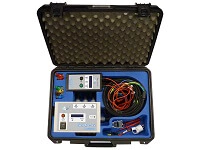
Phase and feeder on line controller m.PAD-DS
44500 AED (Incl 5 VAT)
-
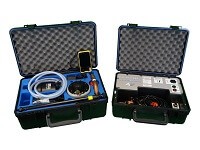
Plastic Gas Pipe Locator GAS TRACKER2
0 AED (Incl 5 VAT)
-
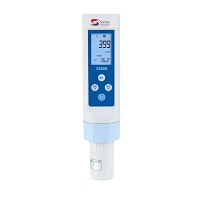
Handheld Digital Chlorine Meter SI365
1000 AED (Incl 5 VAT)
-
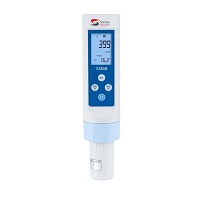
Dissolved Oxygen Meter SI368
1040 AED (Incl 5 VAT)
-
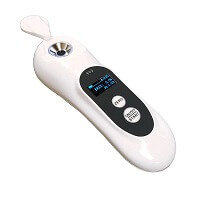
Digital Refractometer Brix 0~50% SI545
900 AED (Incl 5 VAT)
-

Digital Refractometer Brix 0~95% SI546
1100 AED (Incl 5 VAT)
-
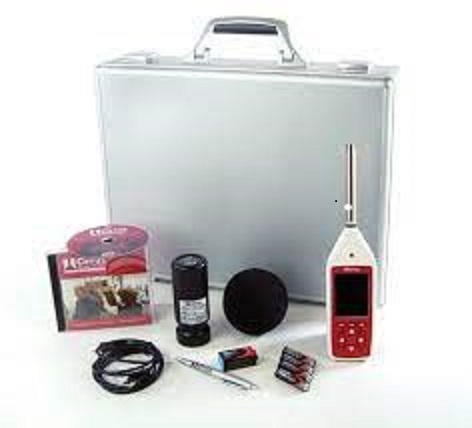
Class 1 Sound Level Meter Kit - Optimus Red
12500 AED (Incl 5 VAT)
-
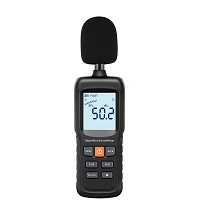
Sound Level Meter with Datalogging SI340
880 AED (Incl 5 VAT)
-
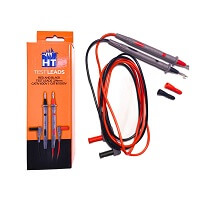
Multimeter Test Lead 4324-2
120 AED (Incl 5 VAT)
-
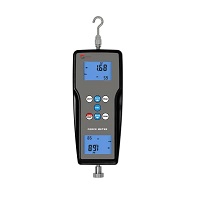
Digital Dynamometer 20750K
1800 AED (Incl 5 VAT)
-
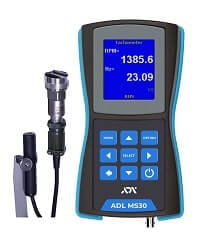
Vibration Analyzer Adelix MS30
6000 AED (Incl 5 VAT)
-
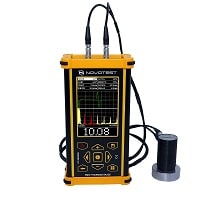
EMAT Thickness Gauge NOVOTEST UT-3M-EMA
14800 AED (Incl 5 VAT)
-
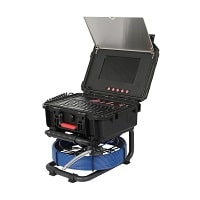
Pipe Inspection Camera PICS1230 30 Meter Cable
6500 AED (Incl 5 VAT)
-
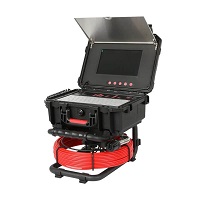
Pipe Inspection Camera PICS2250 50 Meter Cable
9400 AED (Incl 5 VAT)
-

Class 1 Sound Level Meter Kit With Datalogging 1:1 Octaves NR/NC - Optimus Red
19750 AED (Incl 5 VAT)
-

BW Technologies BW Clip Single Gas H2S Detector
0 AED (Incl 5 VAT)
-
Cable Avoidance Tool CScope DXL3
4700 AED (Incl 5 VAT)
-
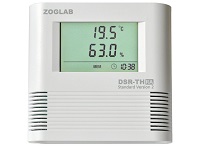
Email Alert Temperature and Humidity Datalogger DSR-TH
1480 AED (Incl 5 VAT)
-
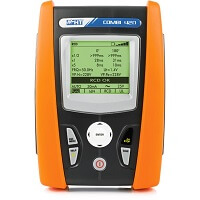
Multifunction Installation Tester HT Instruments Combi420
5800 AED (Incl 5 VAT)
-
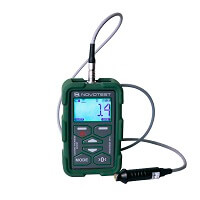
Coating Thickness Gauge NOVOTEST TP-2020
3000 AED (Incl 5 VAT)
-
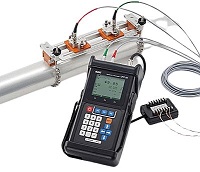
Portable Ultrasonic Flowmeter UFP-20 Sensor Kit 2
18000 AED (Incl 5 VAT)
-
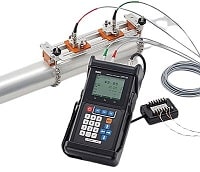
Ultrasonic Flowmeter for GRP HDPE Pipe UFP-2 Sensor Kit 7
23400 AED (Incl 5 VAT)
-
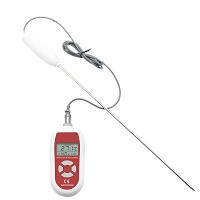
IP68 HACCP Digital Industrial Thermometer Temp50
260 AED (Incl 5 VAT)
-
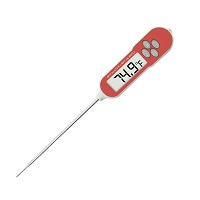
Digital Industrial Probe Thermometer FT50
200 AED (Incl 5 VAT)
-
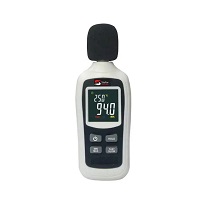
Mini Sound Level Meter SLM10
150 AED (Incl 5 VAT)
-
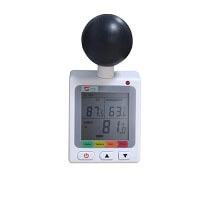
Mini WBGT Meter WBGT20
500 AED (Incl 5 VAT)
-
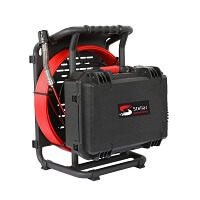
Pipe Inspection Camera with Self Leveling 50M PICS2255
11800 AED (Incl 5 VAT)
-
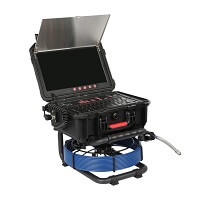
Pipe Inspection Camera PICS1130 30 Meter Cable
6200 AED (Incl 5 VAT)
-
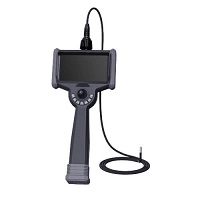
Professional Articulating Inspection Videoscope Camera PIE2630
10800 AED (Incl 5 VAT)
-
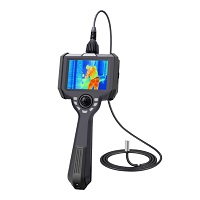
Infrared Thermal Image Videoscope TIV16510 with 1M probe
11800 AED (Incl 5 VAT)
-
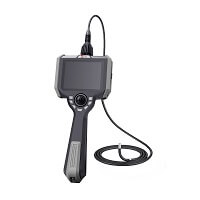
Industrial Articulating Videoscope Camera 3.9mm dia Probe
11500 AED (Incl 5 VAT)
-
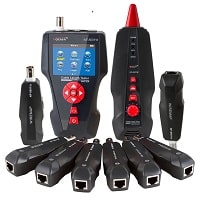
Multifunction Cable Length Tester Noyafa NF-8601W
900 AED (Incl 5 VAT)
-
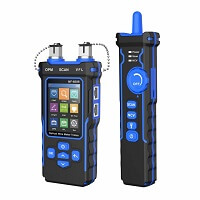
Optical Wire Meter OPM Visual Fault Locator PoE tester Network Cable tester NF-8508
950 AED (Incl 5 VAT)
-
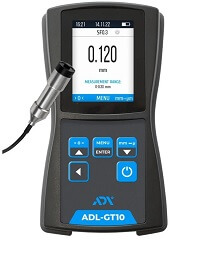
Coating Thickness Gauge GT10
3600 AED (Incl 5 VAT)
-
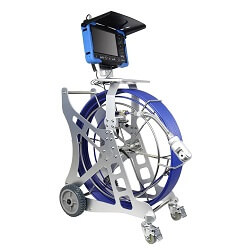
Sewer Inspection Videoscope with Integrated Pan Tilt Camera PICS4100
29000 AED (Incl 5 VAT)
-
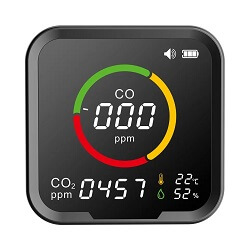
Mini CO CO2 Monitor SI3720
520 AED (Incl 5 VAT)
-
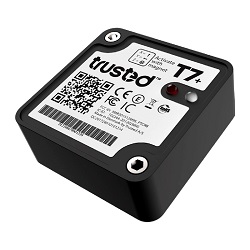
Trusted T7 Real Time Monitoring and Data Tracking
1800 AED (Incl 5 VAT)
-
Radiodetection Cable Avoidance Tool CAT4
5800 AED (Incl 5 VAT)
-

Radiodetection Cable Avoidance Tool CAT4+
6700 AED (Incl 5 VAT)
-
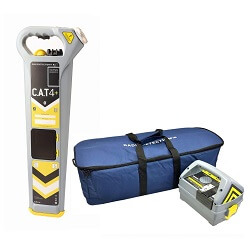
Radiodetection CAT4+ & Genny4 Cable Locator Kit
11400 AED (Incl 5 VAT)
-
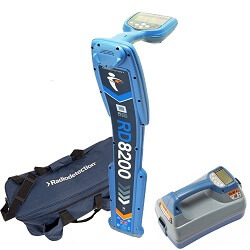
Radiodetection RD8200 Cable & Pipe Locator Kit
27000 AED (Incl 5 VAT)
-
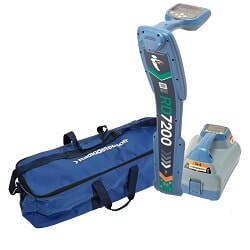
Radiodetection RD7200 Cable & Pipe Locator Kit
21000 AED (Incl 5 VAT)
-
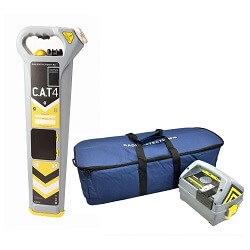
CAT4 Genny Cable & Pipe Locator
10200 AED (Incl 5 VAT)
-
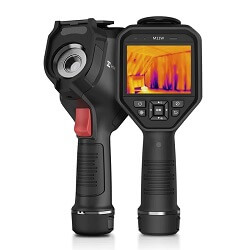
Hikmicro M11W Handheld Thermography Camera
3600 AED (Incl 5 VAT)
-
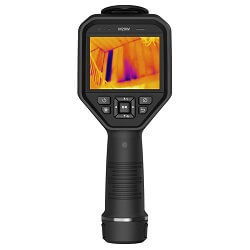
Hikmicro M20W Handheld Thermography Camera
6200 AED (Incl 6480 VAT)
-
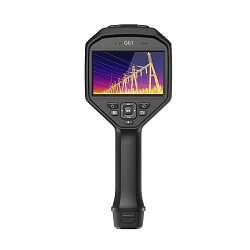
HIKMICRO G61 Handheld Thermal Camera
28000 AED (Incl 5 VAT)
-
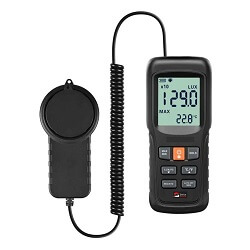
Light Meter SI344
440 AED (Incl 5 VAT)
-
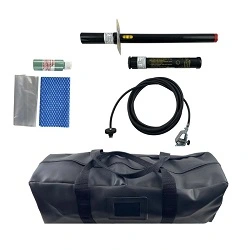
Metrohm High Voltage Indicators HVI F0357A
5600 AED (Incl 5 VAT)
-
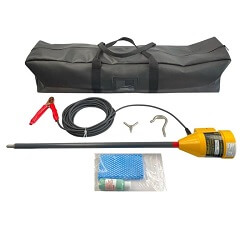
Metrohm Live Line Indicator LLI
8200 AED (Incl 5 VAT)
-
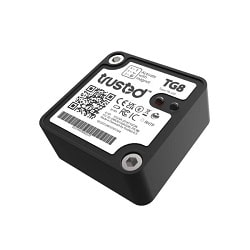
Trusted T8 LTE Flight-approved 2G 3G Temperature Tracker
2000 AED (Incl 5 VAT)
-

Trusted T9LTE Temperature GPS Motion Shock tracker
2300 AED (Incl 5 VAT)
-
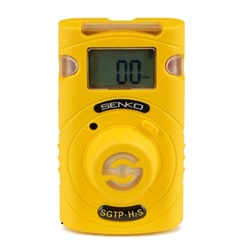
Senko SGT-P H2S Single Gas Detector
460 AED (Incl 5 VAT)
-
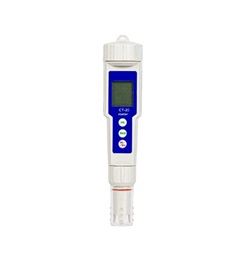
Conductivity Meter CT20
250 AED (Incl 5 VAT)
-
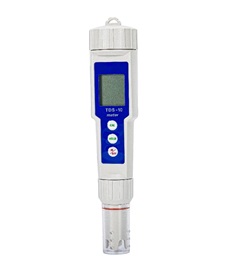
Total dissolved solids TDS Meter TDS10
300 AED (Incl 5 VAT)
-

Intrinsically Safe Thermal Camera Hikmicro BX20
5300 AED (Incl 5 VAT)
-
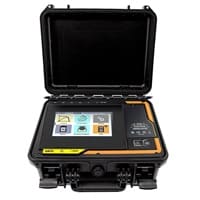
Solar PV I-V curve measurements up to 1500V and 40A IV600
48000 AED (Incl 5 VAT)
-
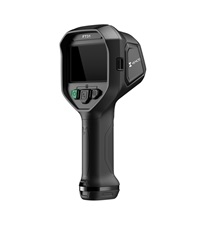
Firefighting Thermal Camera Hikmicro FT31
8900 AED (Incl 5 VAT)
-

Advanced handheld thermal camera Hikmicro G41
22000 AED (Incl 5 VAT)
-
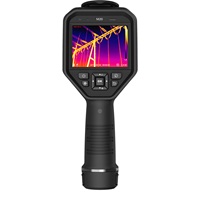
HIKMICRO M20 Handheld Thermography Camera
7700 AED (Incl 5 VAT)
-
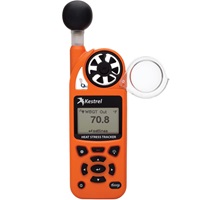
Kestrel 5400 Heat Stress Tracker HST Pro with Compass and LiNK Vane Mount
2600 AED (Incl 5 VAT)
-
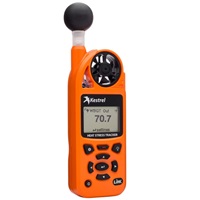
Kestrel 5400 Heat Stress Tracker
2260 AED (Incl 5 VAT)
-
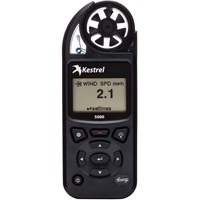
Kestrel 5000 Environmental Meter
1200 AED (Incl 5 VAT)
-
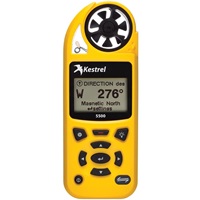
Kestrel 5500 Weather Meter with LiNK Vane Mount
1900 AED (Incl 5 VAT)
-
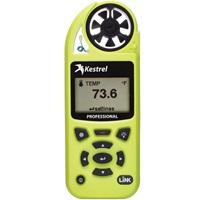
Kestrel 5200 Professional Environmental Meter
1220 AED (Incl 5 VAT)
-
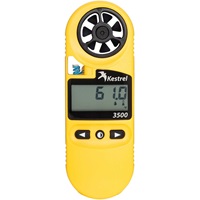
Kestrel 3500 Weather Meter
1000 AED (Incl 5 VAT)
-
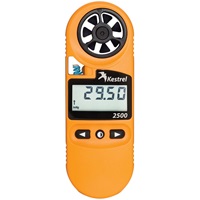
Kestrel 2500 Weather Altimeter
800 AED (Incl 5 VAT)
-
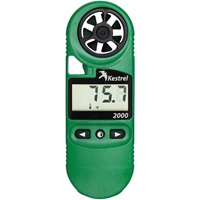
Pocket Wind Meter Kestrel 2000
525 AED (Incl 5 VAT)
-
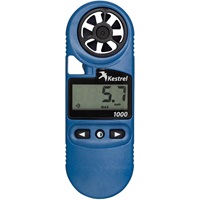
Kestrel 1000 Wind Meter
420 AED (Incl 5 VAT)
-
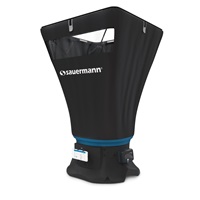
Sauermann DBM 620 Air Capture Hood
9400 AED (Incl 5 VAT)
-
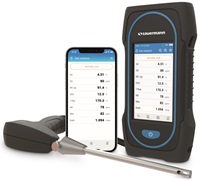
Combustion analyzer Si-CA 130
5400 AED (Incl 5 VAT)
-
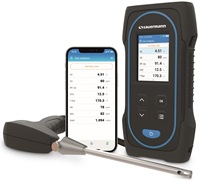
Flue Gas Analyzer Sauermann SiCA 030
3900 AED (Incl 5 VAT)
-
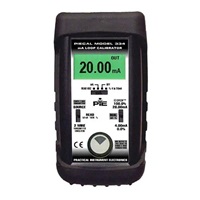
4-20 mA Loop Calibrator PIE 334
4620 AED (Incl 5 VAT)
-
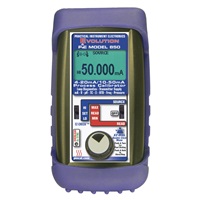
Multifunction Process Calibrator 10-50 mA PIE 850
22000 AED (Incl 5 VAT)
-
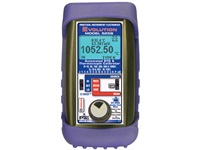
RTD and Thermocouple Calibrator PIE 525B
9520 AED (Incl 5 VAT)
-
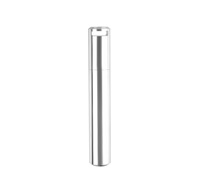
High Temperature Datalogger HiTEMP10
1400 AED (Incl 5 VAT)
-
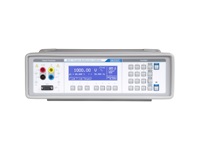
M143 Portable Multifunction Calibrator
44000 AED (Incl 5 VAT)
-
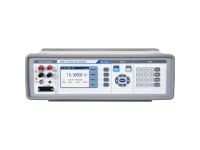
Process Calibrator Meatest M160 Precision DC Calibrator
28000 AED (Incl 5 VAT)
-
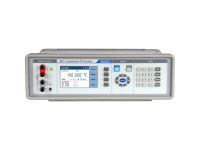
Meatest M641 Resistance Decade Box RTD Simulator
16000 AED (Incl 5 VAT)
-
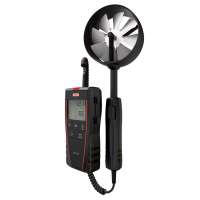
Thermo-Anemometer with integrated vane probe LV110
2100 AED (Incl 5 VAT)
-
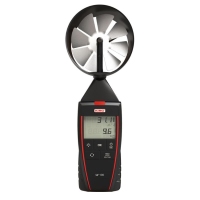
Thermo-Anemometer with Vane Probe Sauermann Kimo LV130
1700 AED (Incl 5 VAT)
-
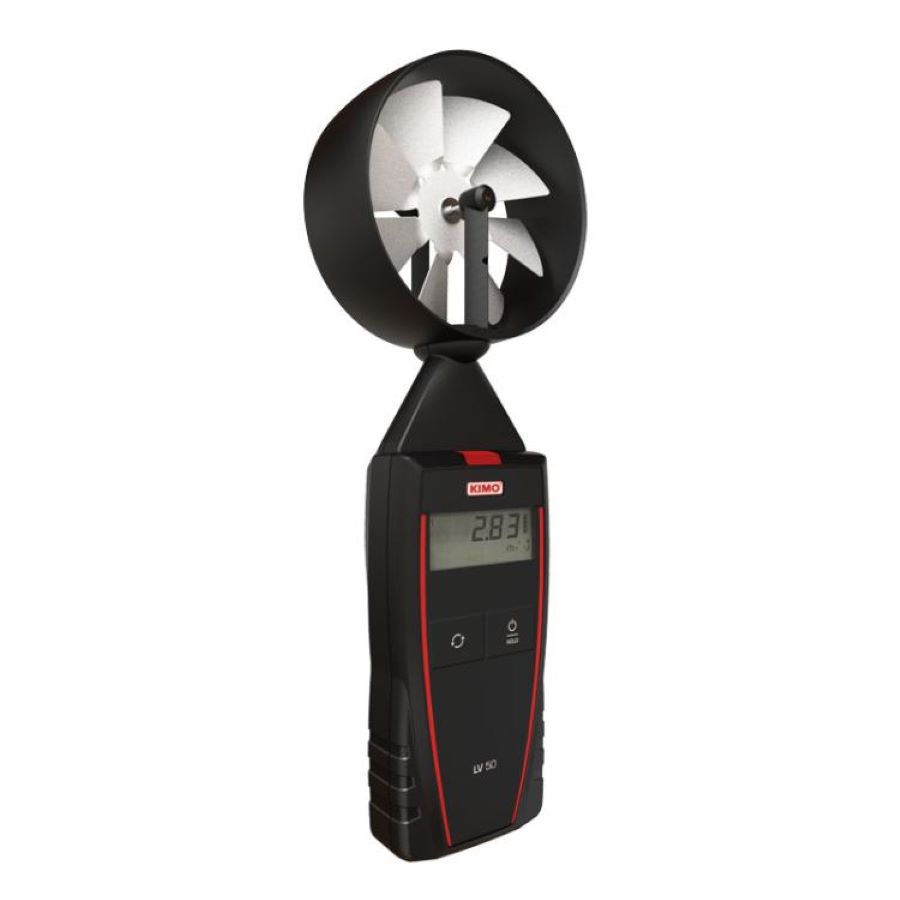
Thermo-Anemometer with integrated vane probe LV50
1600 AED (Incl 5 VAT)
-
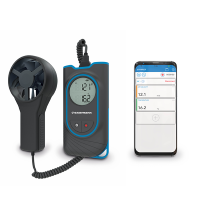
Vane Thermo-Anemometer SI-VV3
2000 AED (Incl 5 VAT)
-
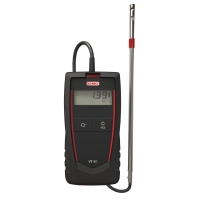
Hotwire Thermo-Anemometer Kimo VT50
1500 AED (Incl 5 VAT)
-
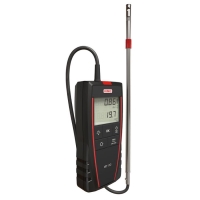
Hotwire Thermo-Anemometer VT 110
2000 AED (Incl 5 VAT)
-
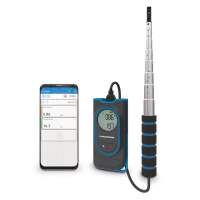
Hotwire Thermo-Anemometer With integrated hotwire probe SI-VH3
2200 AED (Incl 5 VAT)
-
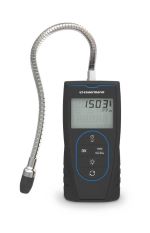
Gas leak detector Si-CD3
2400 AED (Incl 5 VAT)
-
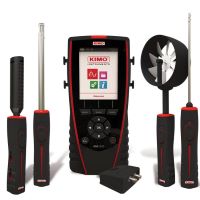
Multifunction Instrument AMI 310CLA
11900 AED (Incl 5 VAT)
-
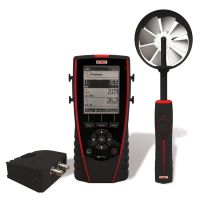
Micromanometer (Thermo-Anemo-Manometer) MP210P
4900 AED (Incl 5 VAT)
-
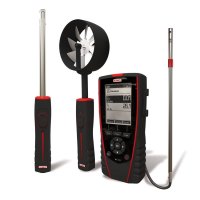
Thermo-Hygrometer-Anemometer VT 210TH
4900 AED (Incl 5 VAT)
-
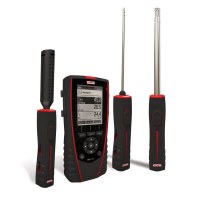
Thermo Hygrometer with CO2 HQ210P
4300 AED (Incl 5 VAT)
-
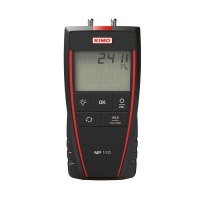
Manometer MP 110
1600 AED (Incl 5 VAT)
-
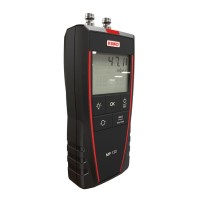
Impermeability Special Manometer for gas network MP 130
3100 AED (Incl 5 VAT)
-
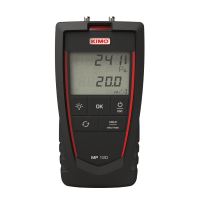
Manometer MP 120
1900 AED (Incl 5 VAT)
-
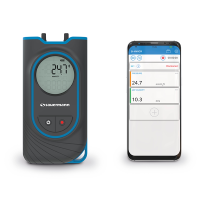
Digital Differential Pressure Manometer Si-PM3
2500 AED (Incl 5 VAT)
-
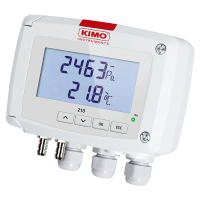
Temperature And Differential Pressure Transmitter CP 210-R
2400 AED (Incl 5 VAT)
-
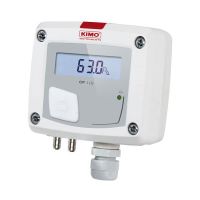
Differential Pressure Transmitter CP 111
1600 AED (Incl 5 VAT)
-

Differential Pressure Transmitter CP 115
1400 AED (Incl 5 VAT)
-

Atmospheric Pressure Transmitter CP 116
1400 AED (Incl 5 VAT)
-
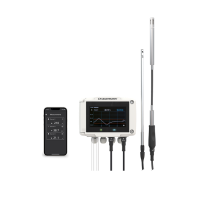
Multifunction Transmitter SI-C320
2600 AED (Incl 5 VAT)
-

NON CONTACT VOLTAGE DETECTOR NCV10
80 AED (Incl 5 VAT)
-

TEMPERATURE HUMIDITY DATALOGGER TagPlus-TH
120 AED (Incl 5 VAT)
-

DESKTOP WALL MOUNTED NOISE METER SI9130
1400 AED (Incl 5 VAT)
-
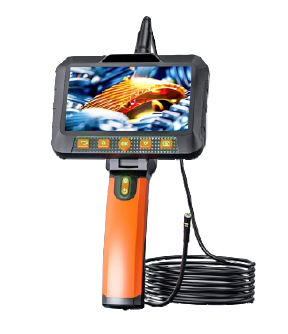
PIPE INSPECTION CAMERA PIE4215
3800 AED (Incl 5 VAT)
1
-
New Customer ?
Sign in/Up




